- Home
- ~ Camino Ingles (The English Way)
The Camino Inglés
The less traveled Camino Inglés or English Way, gives you the real opportunity for experiencing the Galician culture. Despite its name, I found very, very little English spoken on the English Way!
In the northwest corner of Spain is a region known as Galicia, the home for the Christian sacred site at the cathedral of Santiago de Compostela. The entire Camino Inglés stays within this region, a lush and humid, temperate marine climate. Rain can be expected in this very Celtic-influenced part of the world, in almost any season. The dialect spoken here is a mixture of Spanish and Portuguese, a dialect they call Gallego.
“The boat is safer anchored at the port; but that’s not the aim of boats.” ~ Paulo Coelho, "The Pilgrimage"
Camino Inglés EBook
Take a look at our Camino Inglés Guide, depicting our own personal journey, in a PDF, eBook format for you to download to your device. You can read it anywhere, and take it with you on your pilgrimage. Our eBook is packed with detailed information to help you have the most successful pilgrimage possible, plus entertain you with our story! Click here for more info.
Interactive Google Map of the Camino Inglés
Almost all place names in Galicia have two different names, one Spanish and one Gallego, so reading maps can at times be confusing. The port city into which we flew, is known as A Coruña in Gallego, and La Coruña in Spanish! I know only a bit of Spanish, yet I could recognize the difference between the two languages. In fact, to me it seemed that Portugues was more influential!
Below is the map I created with my GPS files, which I have uploaded to Google Maps. As an added bonus, I have added features to each map, to include accommodations, eateries, fountains, churchs and more, that are useful to the pilgrim. Just click on a feature to see more information, and for direct links to accommodations, etc.
The map below is fully interactive, for your use on this webpage, like a maps-only guide to the Camino!
If you wish to open and retain this map on your own device, click on this Camino Ingés Google sharing link. The map that opens on the device you are currently using will have all these same features you will need to plan a successful pilgrimage!
TIPS FOR USING MY GOOGLE MAPS:
On your laptop, on the map above, just click on the box in the upper right hand corner, "View larger map" and it will open automatically in Google maps.
For a mobile device, consider using the free Google Maps App. Then, click on the box in the upper right hand corner, "View larger map" and it will open automatically in the Google Maps App, or in your browser window (click on "Save" if prompted in your browser and if you want to access it again).
If you click out of the map and want to access it again, in order to find it again, on a laptop, just go to maps.google.com, click the second icon on the task bar on the left that says "Saved." On the window that opens, on the far right click on "Maps." You will see a list of maps that you have opened in the past. Just click on the one you want!
To access the map again, on a mobile device, using the Google Maps App, open the App. On the taskbar on the bottom of the page, find the "You" flag or the "Saved" flag, and click on it. Scroll down to the bottom and on the lower right, find the "Maps" icon and click on it. You will see a list of maps. Find the one you want and click on it! On a mobile device, using maps.google.com from your browser, click on the drop-down menu under the tile "Google Maps." Scroll down until you see "My Maps." Click on it and the map should be there!
If you wish to upload my GPS tracks to your GPS device, open the shared link I provided above, and click on the three dots by the title to open a drop down menu. In the menu that appears, click on "Export to KML/KMZ." On the window that appears, click on "Entire Map" for another drop down. On this menu, choose the option that says " Tracks." Next, click on "Export as KML..." if you prefer this format to KMZ. Then click "Download." You now have a file with the tracks only to successfully upload to your GPS device.
It is important to note that my maps are not offline maps, but you will need to have a data plan. If your mobile phone has eSIM capability (almost all newer phones do), I highly recommend the Roamless eSIM for your data (and calling) needs. It is the only eSIM you will ever need and you can forget traditional roaming. You activate it only once, never having to swap eSIMs ever again, even when traveling to multifple countries. The inexpensive data you purchase never expires, and is a pay-as-you-go model. Find out more by clicking here and be a savvy traveler!
Gallego ~ the Official Language of Galicia
I must say, like with all true pilgrimages, this one took me outside of my comfort zone! I had read that one should learn as much Spanish as one can, before going on your Camino, because it will enhance your trip. However, I never thought I would need Portuguese as well! However, I adapted as best I could, and except for some consistent spelling variations, the words were often very similar in both languages. I was intrigued by the whole language mix.
As I was to discover, later on the Camino to Finisterre (Fisterra in Gallego), it is all too easy to migrate to English-speaking people, to stay in your comfort zone. However, on the English Way, we ran into only a few English speakers, forcing us into experiencing the culture in a way we would never had otherwise! Once I adjusted to using my Spanish, I was thrilled and fascinated with our cultural exchanges. I really could do it! I could be a more mindful pilgrimage traveler!
Receiving the Compostela on the English Way
The Christian medieval pilgrims from the North, who were mostly English would disembark in the ports of A Coruña or Ferrol, on the north coast of Spain and begin their pilgrimage to Santiago de Compostela from there. Hence, the name, the English Way.
I discussed in The Way of St. James, that in order to receive an official Compostela, from the Cathedral in Santiago de Compostela, one has to walk at least 100 kilometers. The English Way from Ferrol is 115 kilometers total, according to my GPS tracks, and 75 kilometers from A Coruña.
However, as of December, 2016, the Cathedral made an exception for the Camino Inglés from La Coruña, based on the tradition from the past of many pilgrims having arrived at this port. One can now receive the Compostela from A Coruña, with only 75 kilometers distance.
Be sure you understand the ruling carefully, as you must walk 25-30 km in your country of origin before starting in La Coruña, to make the full 100 km requirement. If you are from the UK, you must find a way to document your 25 kilometers prior to your arrival in Spain. The CSJ pilgrim organization has many suggestions for you.
If you plan to start in Ireland, you are lucky, as the Camino Society, Ireland has the now well-established Celtic Camino and offers many Irish pilgrimages to start your journey, with documentation to Santiago de Compostela.
If you are from somewhere outside the UK this is a very confusing concept. So, in the USA, Australia or Sweden, where would you start?? Interesting, isn't it? Shall we all start in Ireland, do their Celtic Camino, then book a boat to the north coast of Spain to finish the journey like in days of yore? It would be fun, wouldn't it?
If you are initiating your Camino Inglés in Spain, in order to receive a compostela, you must start in Ferrol, at 115 total kilometers to Santiago. The route goes essentially southward, first eastward around the Ferrol Estuary, then south to Pontedeume, through the incredibly beautiful countryside, on small roads, paths and country lanes through Betanzos, Bruma and Següeiro, on the way to Santiago.
The Camino Inglés, Short But Not Easy
Even though the Camino Inglés is the shortest of all the Caminos, don't be fooled! It is not easy. In fact, the Spanish friends that we made along The Way told us that the English Way is known in Spain for its difficulty! It is because of the long stages, with significant elevation changes and few services. This is rapidly changing as the English Way continues to become more popular.
For the route starting from Ferrol, I have used my literary license and have broken up the traditional five long stages into eight days as shown below. This is now possible with the addition of albergues in Miño and Presedo.
One who is hardy and fit can combine stages easily, to turn the walk into fewer days. The days I have broken down for the Camino Inglés from Ferrol are as follows:
- Day One ~ Ferrol to Neda, 13.14 Km (8.17 Miles)
- Day Two ~ Neda to Pontedeume, 14.07 Km (8.74 Miles)
- Day Three ~ Pontedeume to Miño, 10.45 Km (6.49 Miles)
- Day Four ~ Miño to Betanzos, 11.10 Km (6.9 Miles)
- Day Five ~ Betanzos to Presedo, 11.26 Km (7.06 Miles)
- Day Six ~ Presedo to Hospital de Bruma, 12.73 Km (7.91 Miles)
- Day Seven ~ Hospital de Bruma to Sigüeiro, 24.3 Km (15.1 Miles), (I also offer suggestions on how to break up this long day if desired, click here for the web page.)
- Day Eight ~ Sigüeiro to Santiago de Compostela, 15.8 Km (9.82 Miles) You can also break up this day if needed, click here for that information.
We have walked both routes, from La Coruña and from Ferrol. The way out of La Coruña is very tricky to find! Use our GPS tracks to help you. We wandered around quite a bit, finding the signs that are often difficult to see.
The Camino from La Coruña is lovely regardless if you are doing it as part of the Celtic Camino from the UK, or if you are out for a walk through Galicia, unconcerned about receiving a compostela. Plus the seaside city is fabulous, with many tourist sites as well as a beautiful beach. Plan on spending some time here before or after your Camino. You won't regret it. Click on the link for more information!
The Camino from La Coruña to the meeting point in Hospital de Bruma can be done in one long stage if you are fit. However, I have broken it into the following days:
- Day One ~ La Coruña to Sergude, 19.63 Km, (12.2 Miles)
- Day Two ~ Sergude to Hospital de Bruma, 12.62 Km (7.84 Miles)
NFC Information Signs
Something different on the Camino Inglés is the installation of signs by interesting places, utilizing NFC technology, or Near Field Communication. Most newer model cell phones have this technology pre-installed on the device. Just go to your settings where you would turn on/off airplane mode, WiFi, etc and you will see something that says, "NFC." Enable this setting to use this feature. The icon for NFC can be seen in the upper left hand corner in the photo below. That is the icon you will be looking for, to enable on your cell phone.
The information on an interesting site can be accessed whenever you see the following sign along the way.
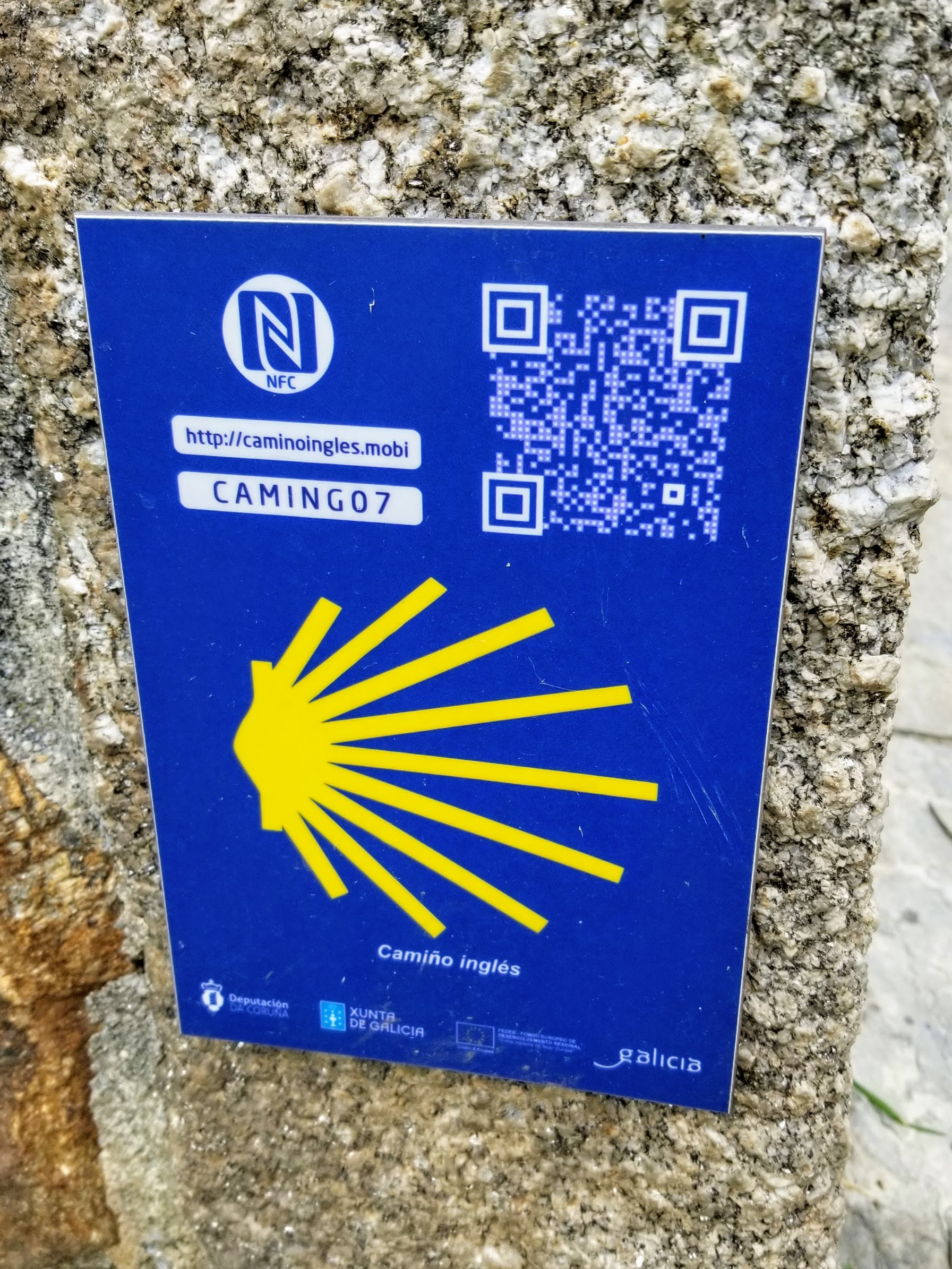 NFC Information Sign
NFC Information SignIf NFC is enabled, you can tap your cell phone against the sign to have the information come up.
OR, if you prefer, you can go to the website, http://caminoingles.mobi, shown on the sign itself, and when prompted, type in the iBeaken code given on the sign. In the example above you would type in "caming07" that you see in the photo, and be able to see the page with the information.
Click here to see what information you would receive in this example. Or just plug in the information for yourself to try it. It is quite interesting if you have the time and/or patience to use this feature along your own Camino Inglés.
You may have to install the i-nigma.mobi app on youf cell phone, to use this feature. I tried to do this but I ran out of patience because I couldn't get it to work right off the bat.
The app states this: "In order to install i-nigma, you need to use your mobile phone browser and browse to www.i-nigma.mobi directly. Then please follow the installation steps. Installation process uses information retrieved from the phone browser in order to determine phone capabilities and to install the correct software version."
Good luck and may this information be useful to you! Someone worked very hard to provide it to you!
Accommodations in Ferrol
As of 2023 (July) the brand-new municipal Albergue de Peregrinos de Ferrol (+34 981 35 79 47), with 60 beds opened! Look for it on the waterfront, at 25 Estrada Alta, west of the official start.
Also, as of 2020 there is an 8-bed, very basic donativo albergue in Ferrol, the Donativo de Pedro Ráez Baldán (+34 682 357 998), designed for pilgrims without means. Please do not stay here unless you plan to donate generously, as Pedro is providing services with no profit motive at all. It is off the Camino, at the Rúa Catalunya, n 27-29, on the east side of the train/Monbus station.
I would definitely recommend an advance reservation for Fererol, especially during the summer months, if you desire a hotel. We bussed over from La Coruña in the late afternoon in early September, and had to walk around quite a bit to find a place that was free. Or, try to get there early in the day. This may be sufficient!
Lately, we have reserved ahead at the Hostal La Frontera, the most economical place in town, mere steps from the Camino. It is clean and sufficient and with a café on the first level that opens early for breakfast.
More economical choices include the Hotel Almendra, the Hotel Silva, the Hostal El Cairo, the Choyo 2 (+34 981 94 89 08), the Hotel Real Ferrol, the Hotel América and the Hostal Zahara.
For even more choices on booking.com accommodations in Ferrol, click here.
How to Find the Start of the English Way in Ferrol
It is difficult to find the official starting point by the docks in Ferrol. It is directly across from the “Letras Ferrol,” or the big white letters of Ferrol at the docks on the street called Paseo da Mariña. See the map above). When you arrive on the waterfront, it is easy enough to find the letters in the center of the harbor.
By the letters is a small building (used to be the tourist booth). Across from the building is a crosswalk. Facing the street, to the left is a small roundabout. The road divides here and the tourist information office is across the street in a building with arches, flanked by restaurants. In front of one of the archways, you will see the plaque pictured below. The plaque is two doors to the right of the information office.
The official start of the Camino Inglés is here by the Café Sarga at this plaque. Here I am with Shelly, my first Camino Inglés partner, posing with the official marker. This is what you must find.
If you arrive in Ferrol by bus, you need to walk westward, and south towards the water. After securing your accommodation for the night, it is our advice that you locate the start of the Camino the evening prior to your first day, to get the best lay of the land.
It is a beautiful waterfront, and we arrived close to sunset, so the light was serene and low. Made for a wonderfully lit seascape to set the ambiance for our Camino!
Please see day one for the rest of our journey out of Ferrol, from this official plaque that begins the Way, at the small side street by this plaque, called the Rúa Carmen Curuxeiras.
Salutation
I hope you have enjoyed our introduction to the Camino Inglés. I hope you journey onward with us, the pilgrimage travelers, through the Galician countryside to Santiago de Compostela. May you feel full of anticipation, as you wander from the safety of your moorings, and be like a true pilgrim as you experience the journey with us!
Don't carry a heavy hard copy guide book in your pack! Purchase our digital eBook, instead, in PDF format. Our Camino Inglés guide book is frequently updated whenever new information becomes available! Click here for more information.
Downloadable eBook Guide in PDF Format ~ Get your copy by clicking here.
And the Journey Continues:
~ La Coruña Arm
~ Ferrol Arm
Please Consider Showing Your Support
Many readers contact me, Elle, to thank me for all the time and care that I have spent creating this informative website. If you have been truly blessed by my efforts, have not purchased an eBook, yet wish to contribute, I am very grateful. Thank-you!
Search This Website:
Follow Me on Pinterest:
Follow Me on Instagram:
Find the Pilgrimage Traveler on Facebook:
Like / Share this page on Facebook:
***All Banners, Amazon, Roamless and Booking.com links on this website are affiliate links. As an Amazon associate and a Booking.com associate, the Pilgrimage Traveler website will earn from qualifying purchases when you click on these links, at no cost to you. We sincerely thank-you as this is a pilgrim-supported website***
PS: Our guide books are of our own creation and we appreciate your purchase of those too!!
Shroud Yourself in Mystery, along the Via de Francesco!
Walk in the Footsteps of St. Francis, and Connect Deeply to the Saint and to Nature in the Marvelous Italian Countryside!
Recent Articles
-
Day Thirteen on the Camino Primitivo ~ Lavacolla to SDC, 10 Km
Mar 25, 25 12:27 PM
Our day thirteen on the Camino Primitivo was our final day to experience all the emotions that seemed to present themselves to us as we walked our final steps into Santiago de Compostela. -
Day Five on the Camino Primitivo via the Hospitales Route
Jan 24, 25 10:00 AM
Day five on the Camino Primitivo via the Hospitales Route was the most glorious day for me, in all ways ~ physically, emotionally and spiritually. -
Day Five on the Camino Primitivo, Pola de Allande Route
Jan 20, 25 09:34 PM
On day five of the Camino Primitivo, the Pola de Allande Route is the longer alternative to the Hospitales Route.
Need suggestions on what to pack for your next pilgrimage? Click Here or on the photo below!
Carbon fiber construction (not aluminum) in a trekking pole makes them ultra lightweight. We like the Z-Pole style from Black Diamond so we can hide our poles in our pack from potential thieves before getting to our albergue! There are many to choose from! (See more of our gear recommendations! )
Gregory BackPack - My Favorite Brand
Do not forget your quick-dry microfiber towel!
Booking.com
My absolute favorite book on how to be a pilgrim:
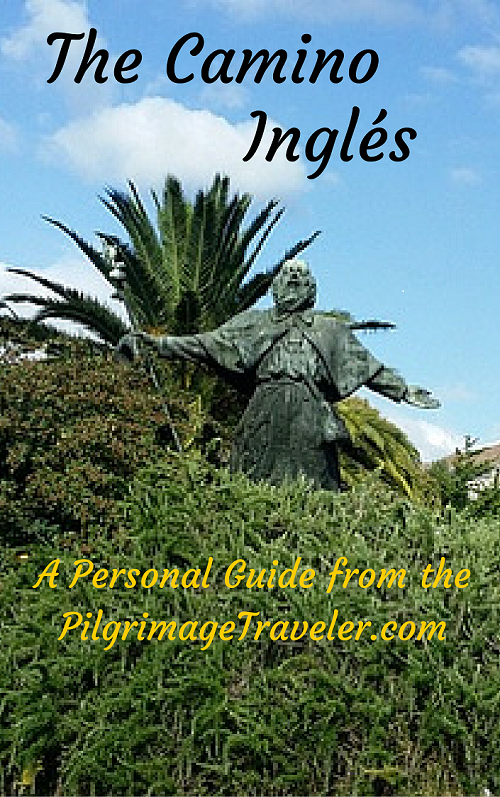
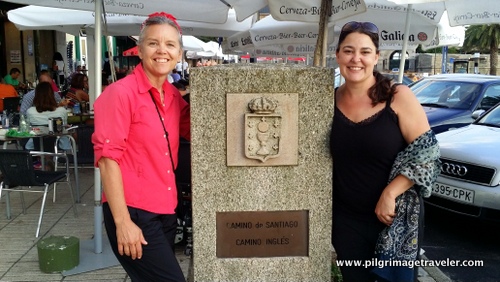
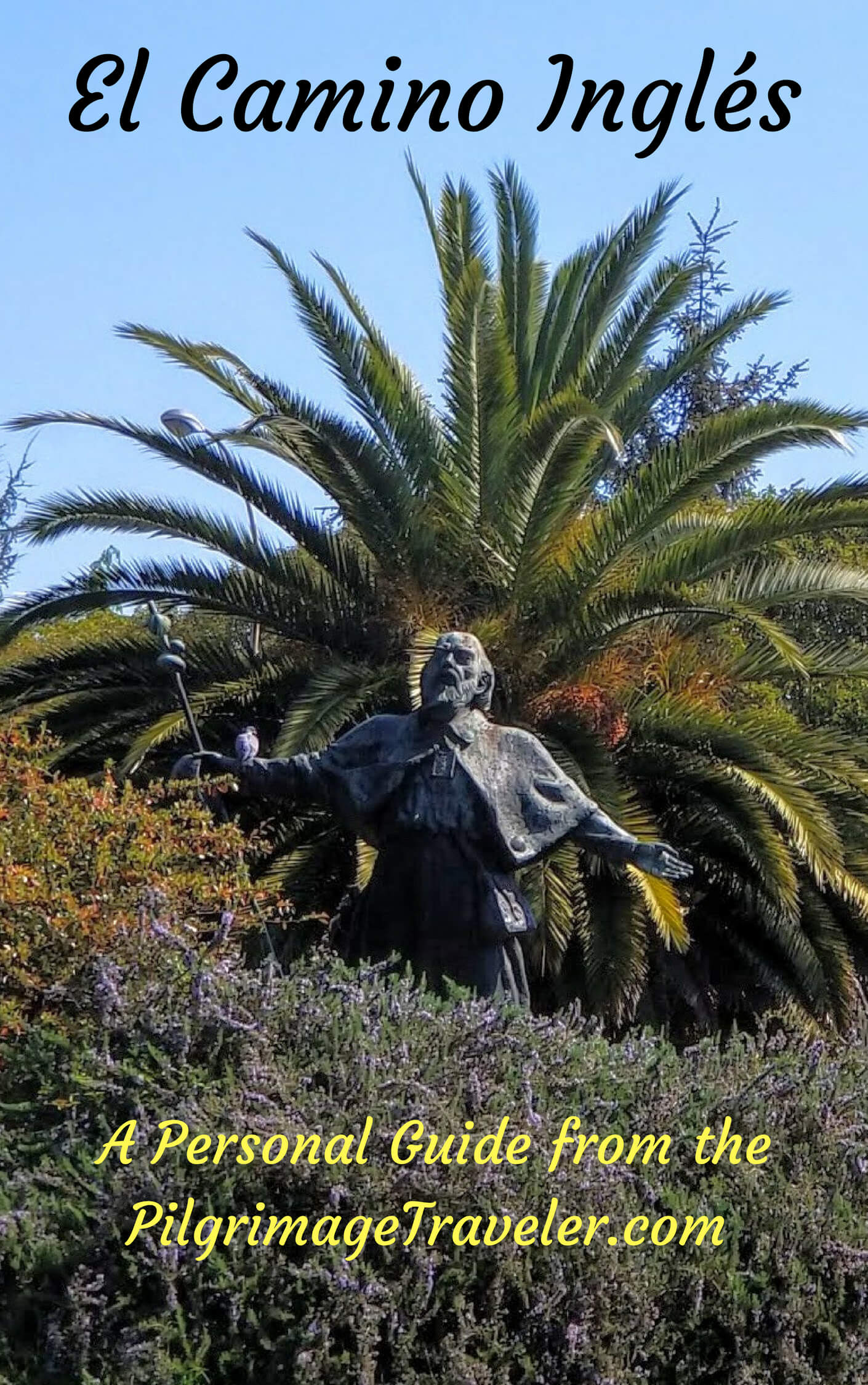

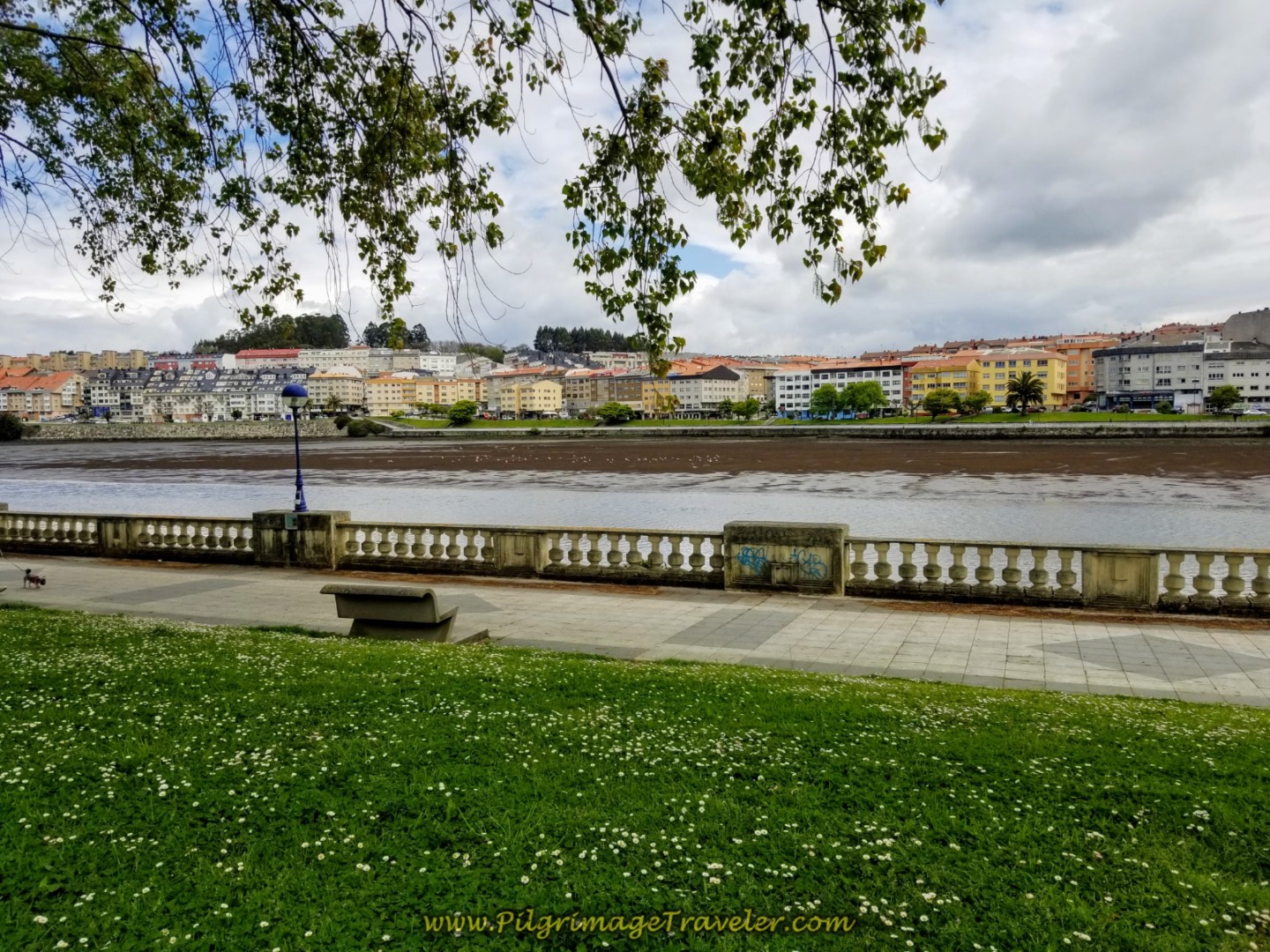
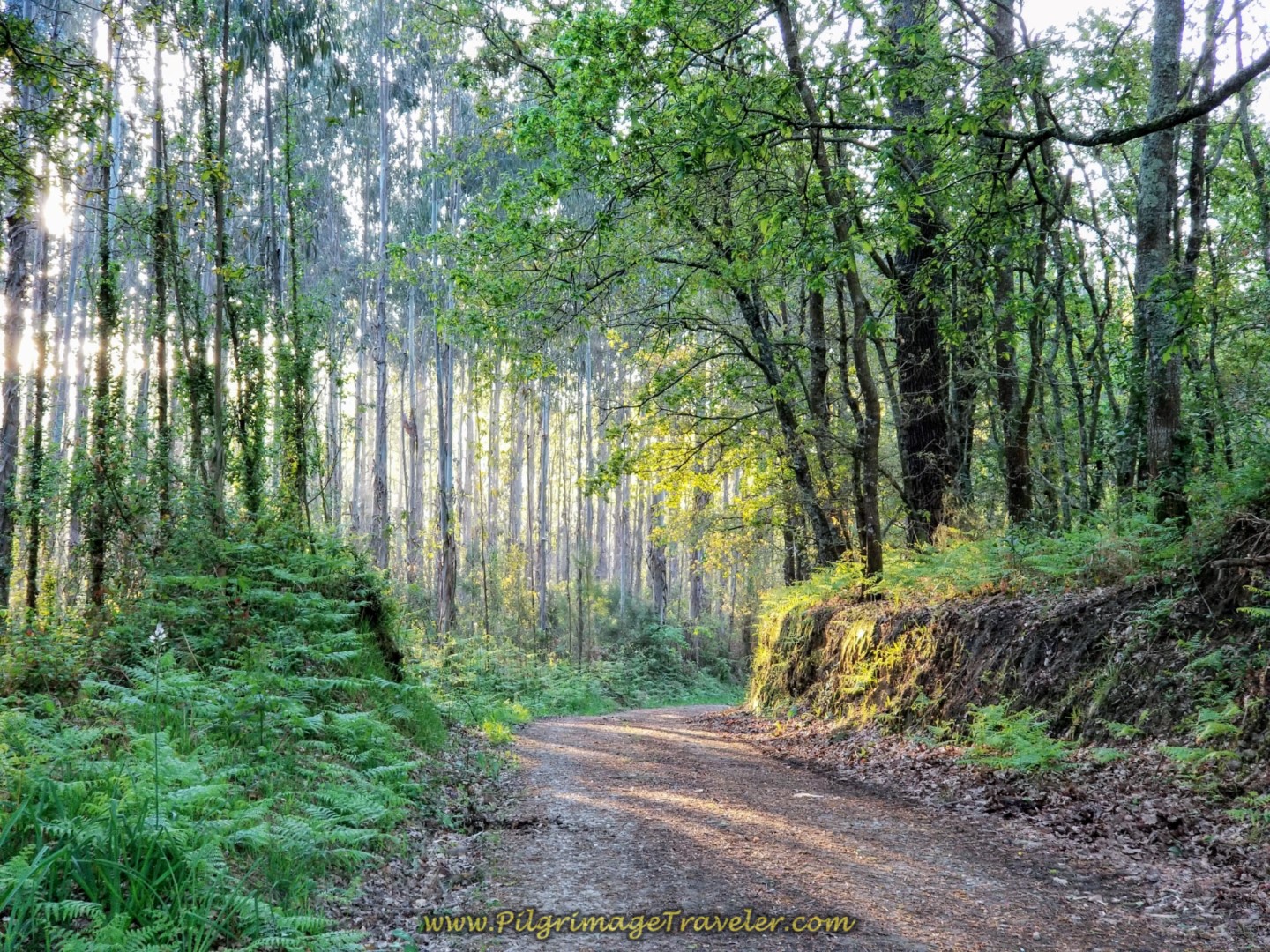
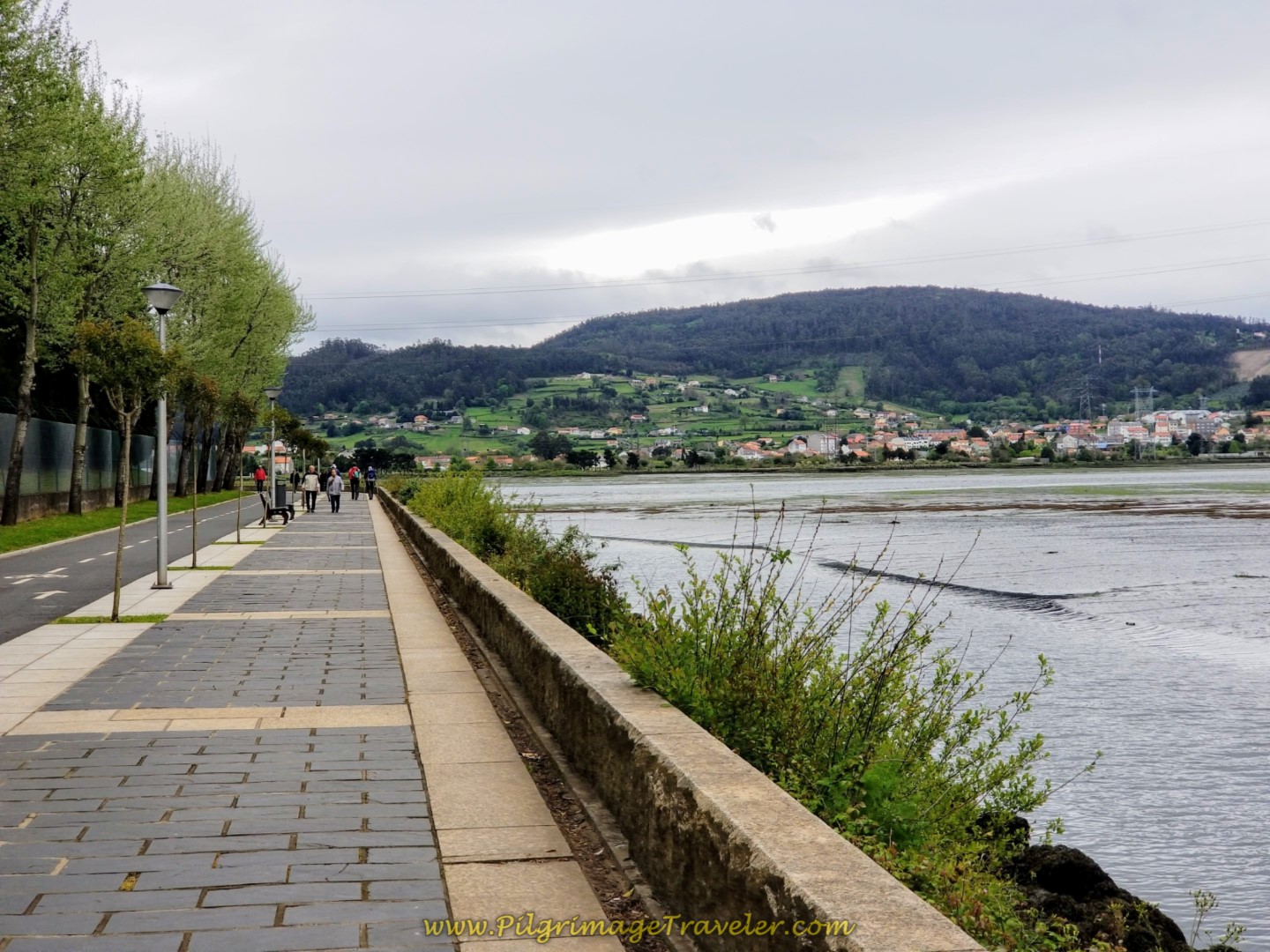
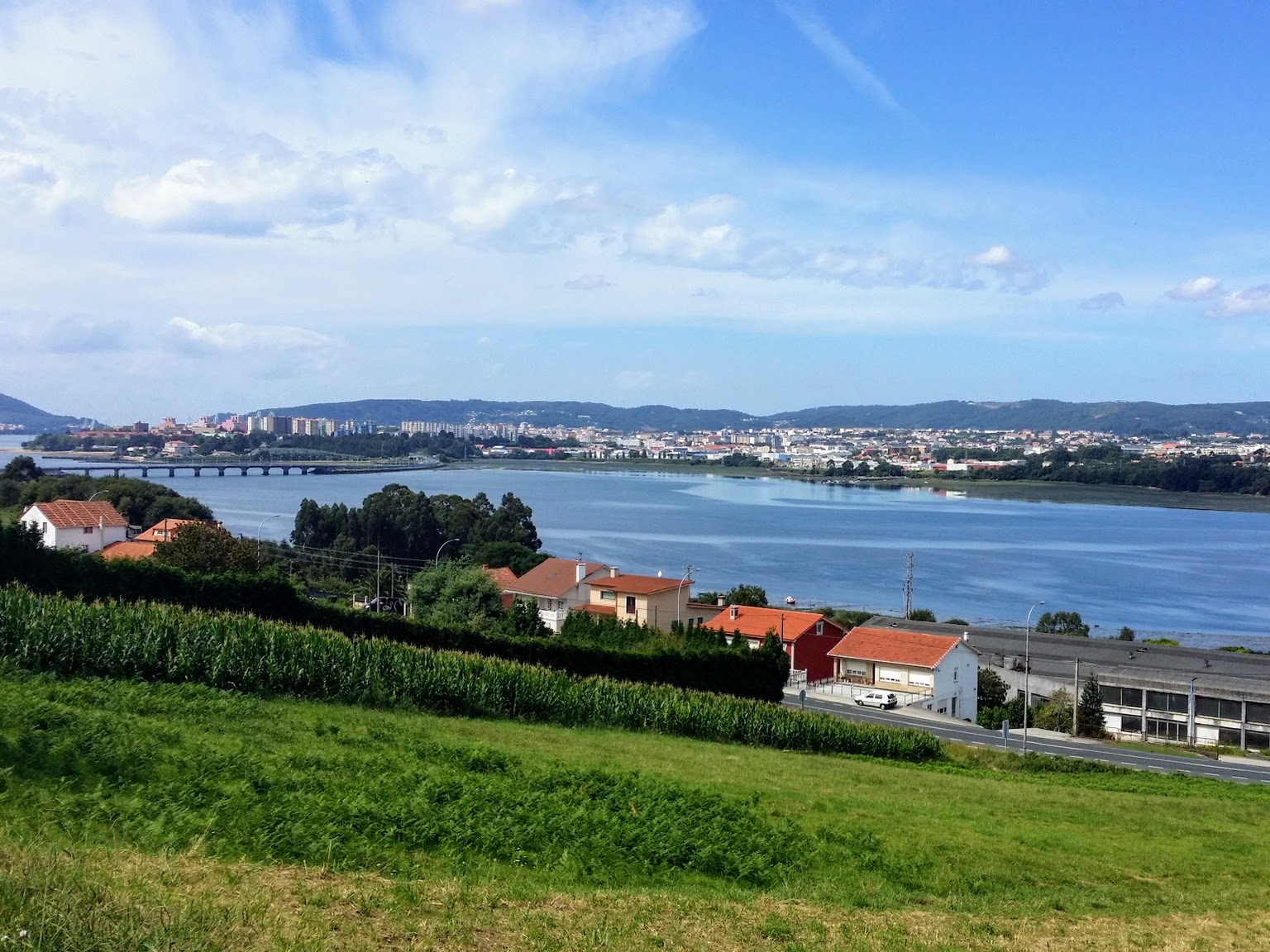
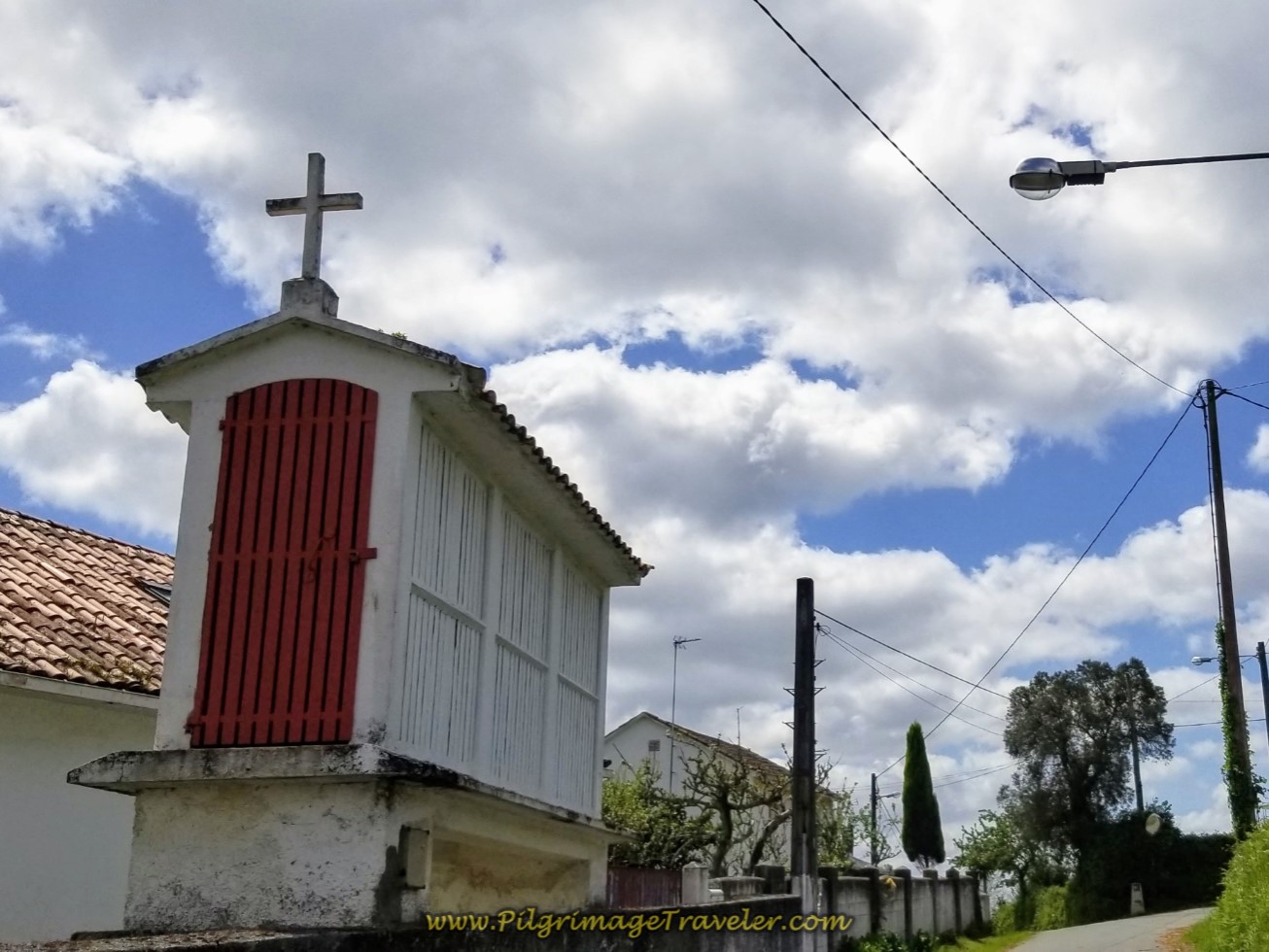
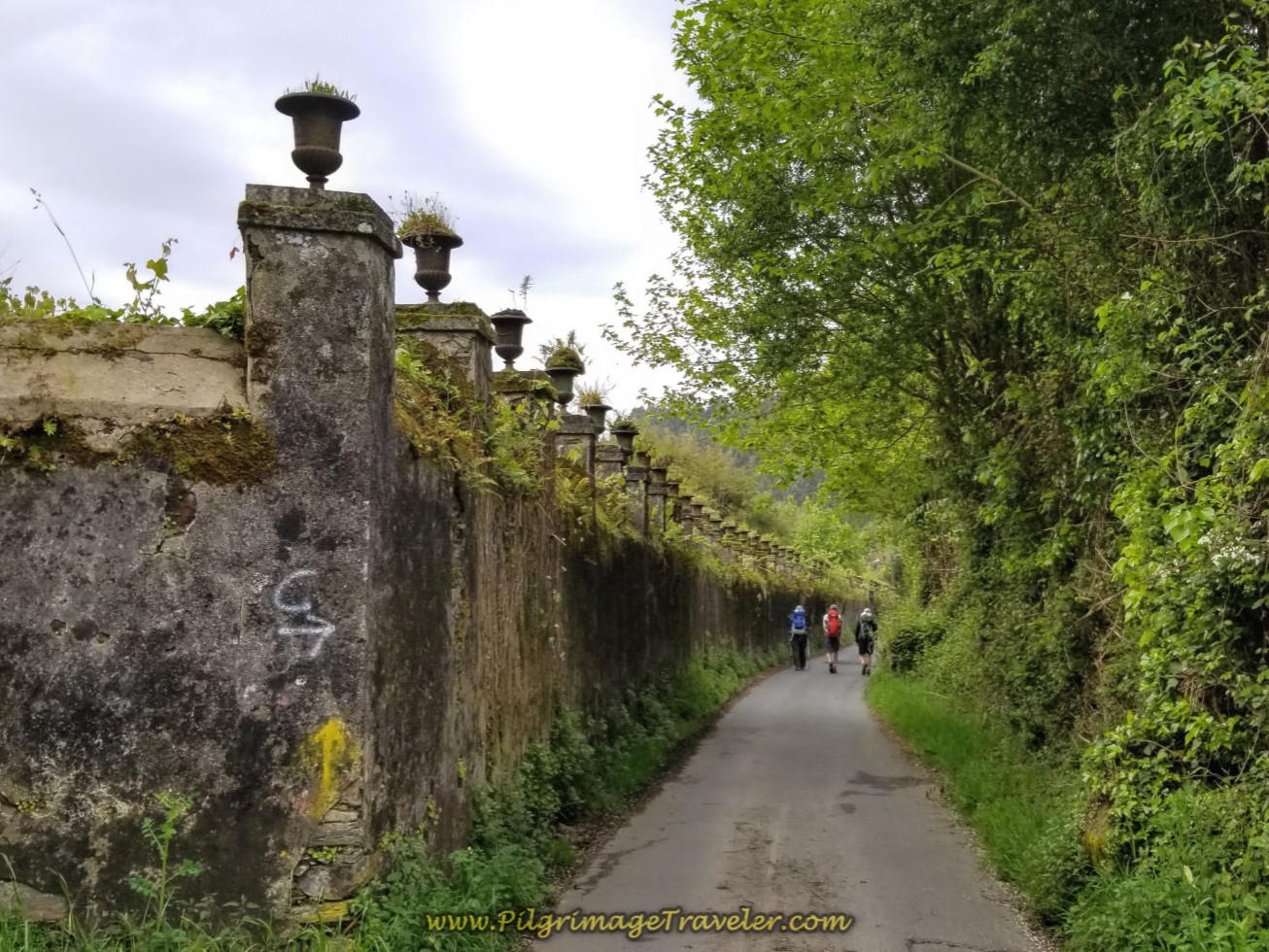
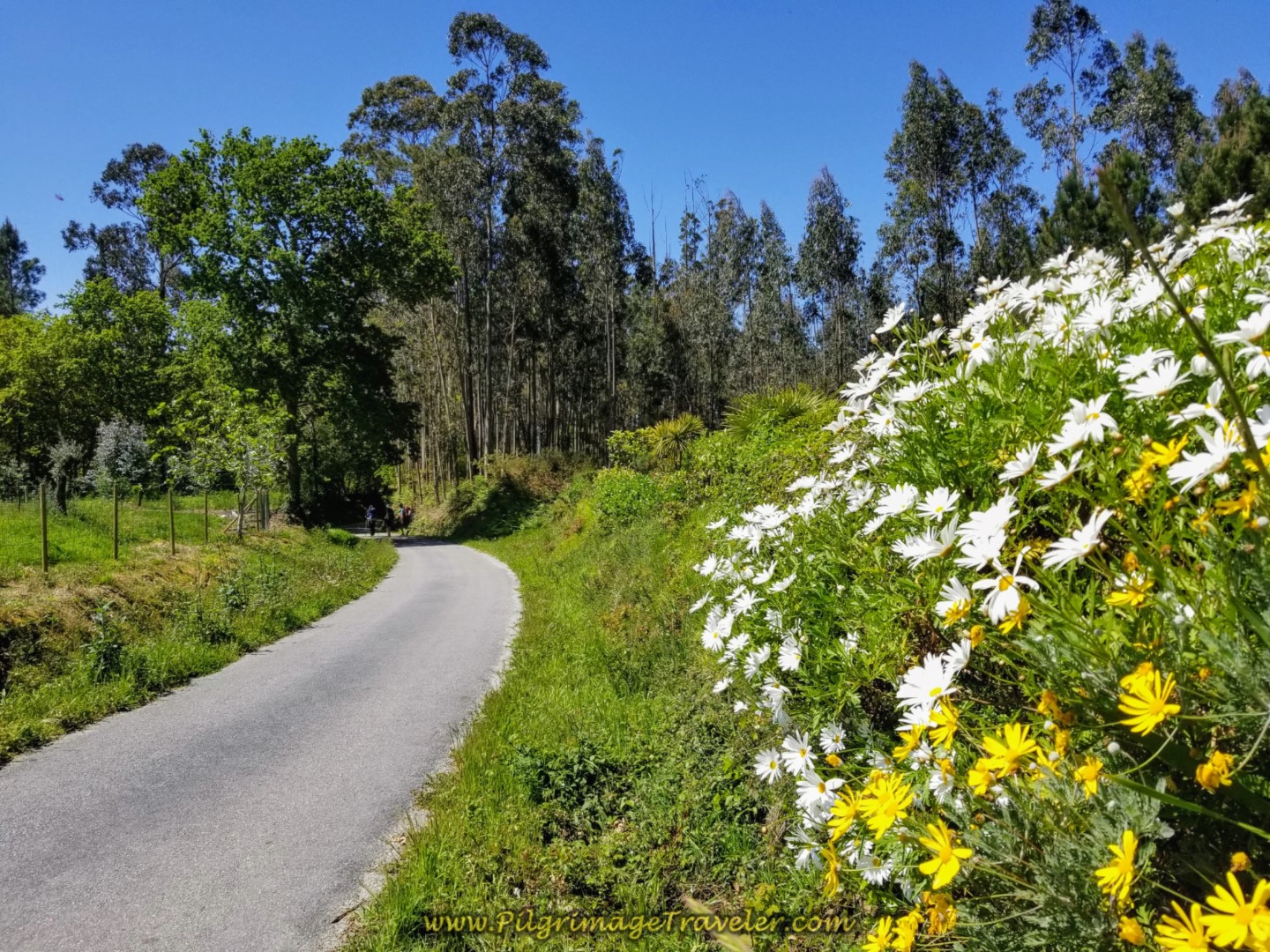
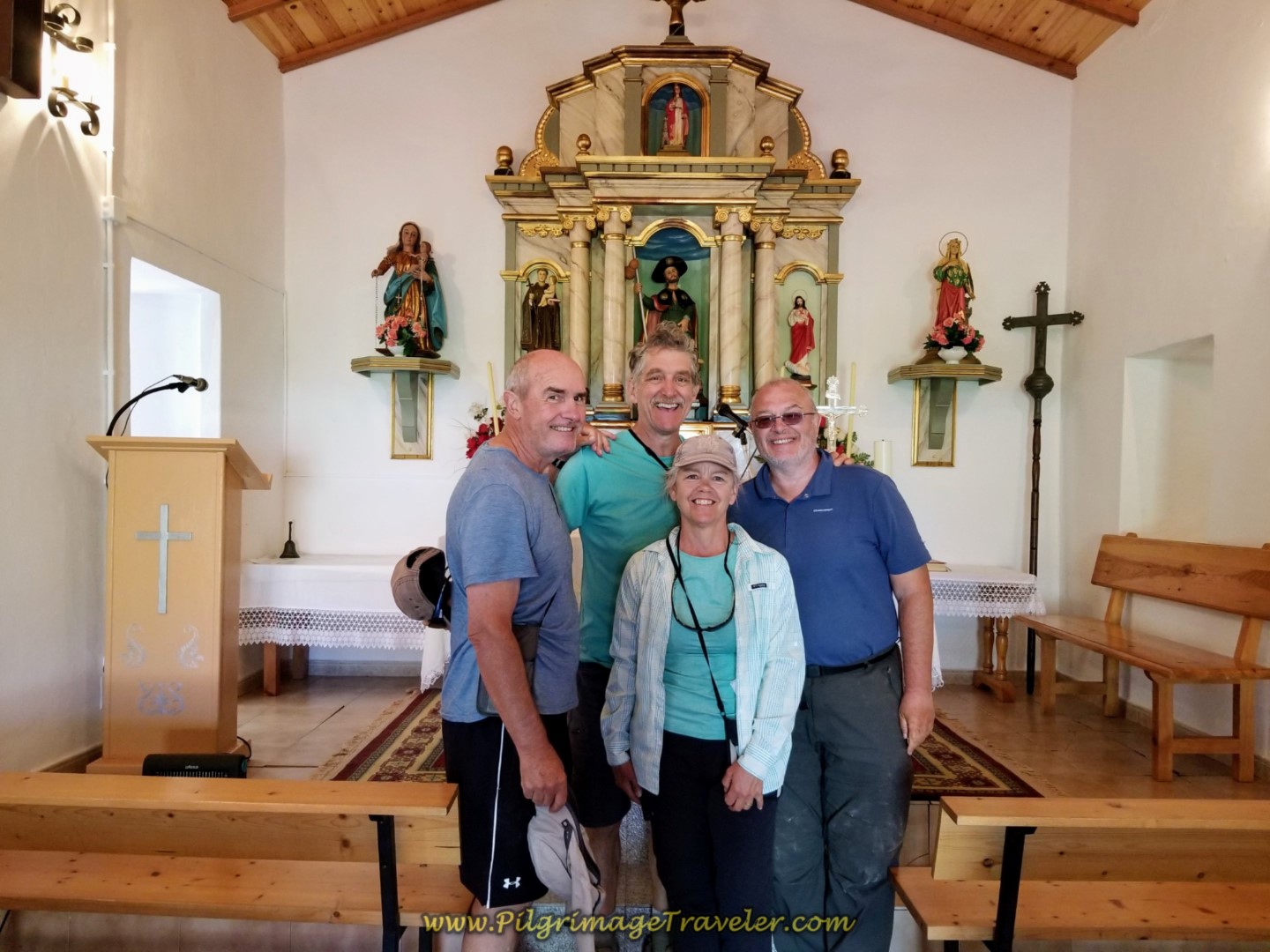
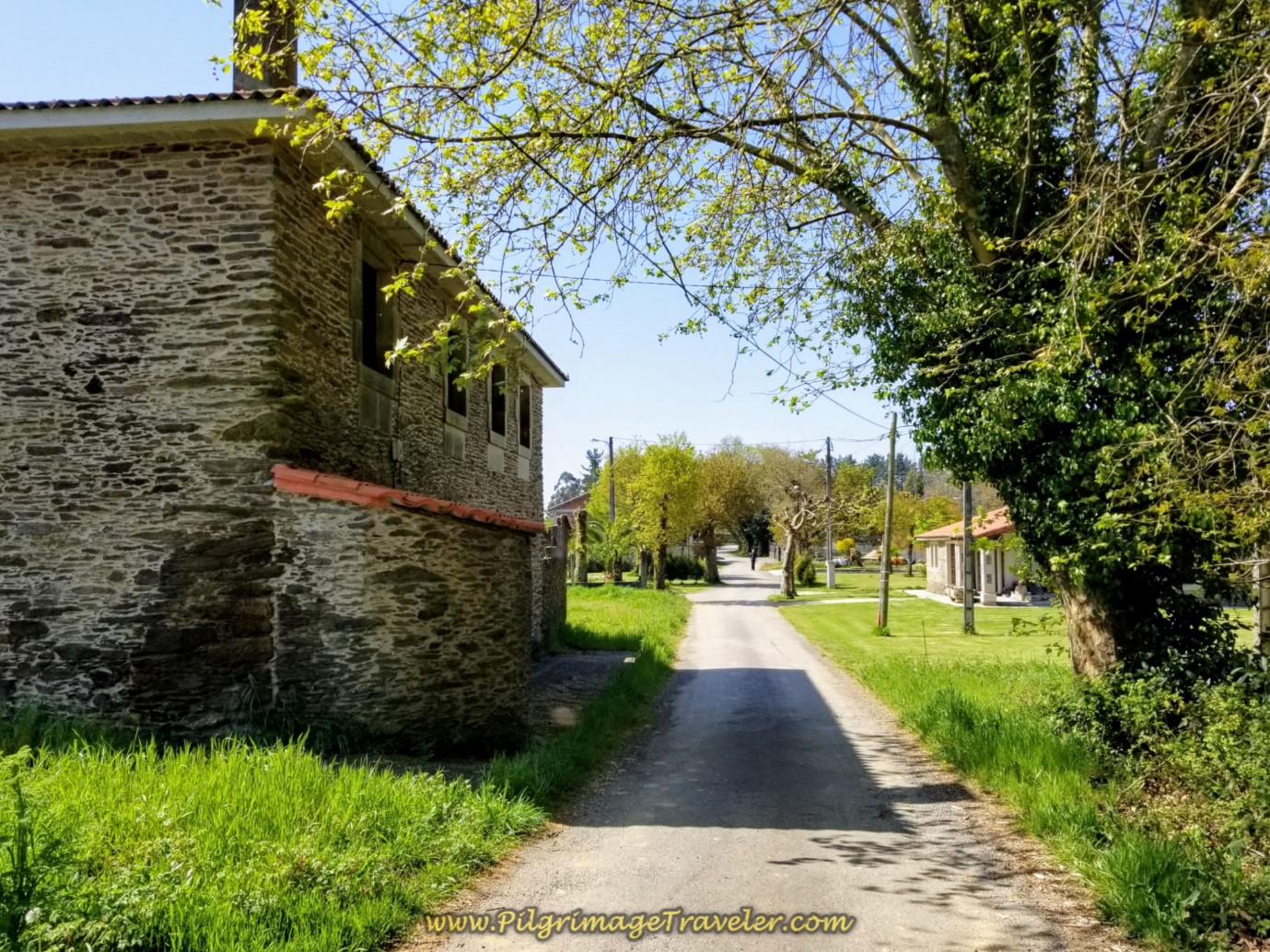

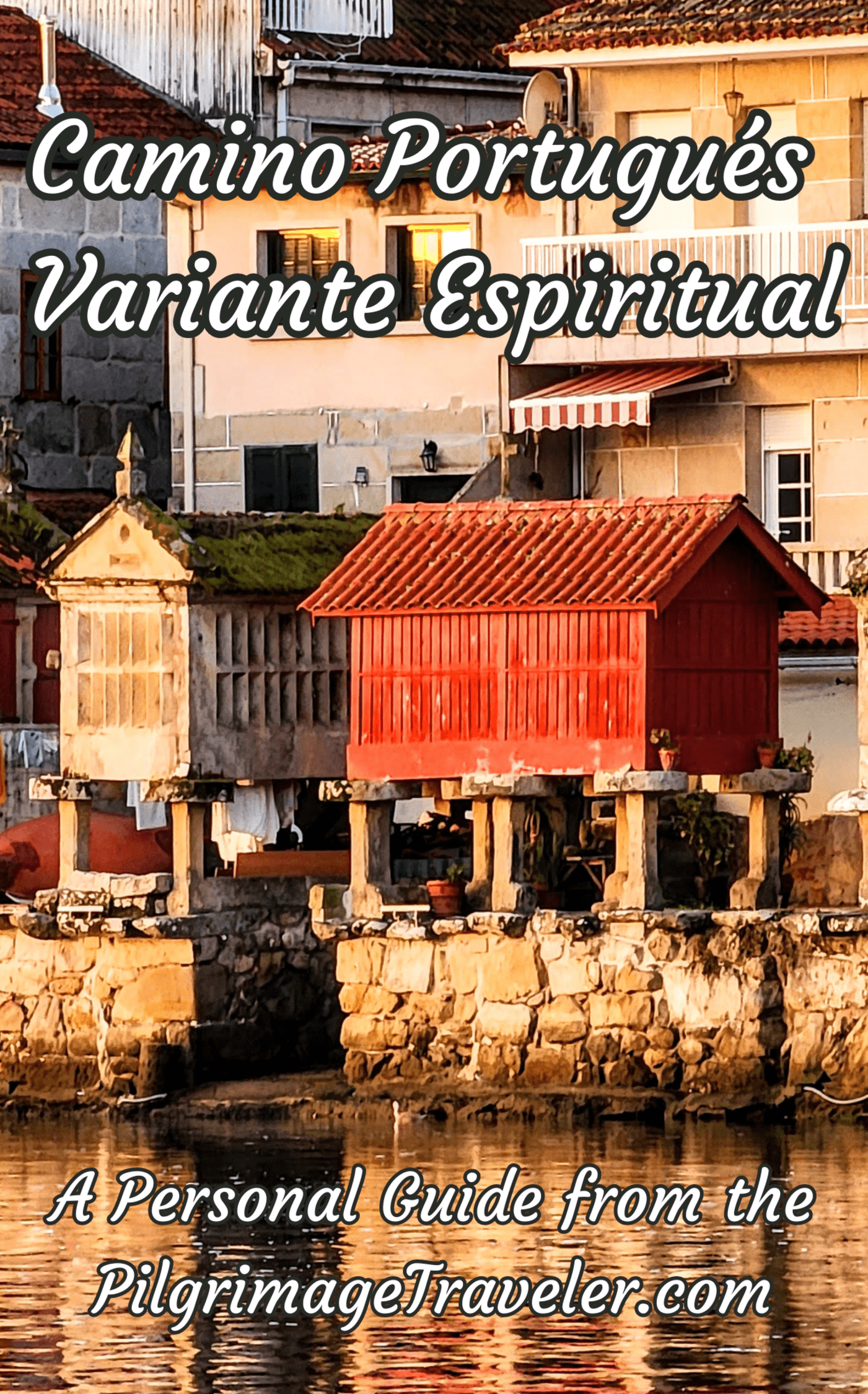
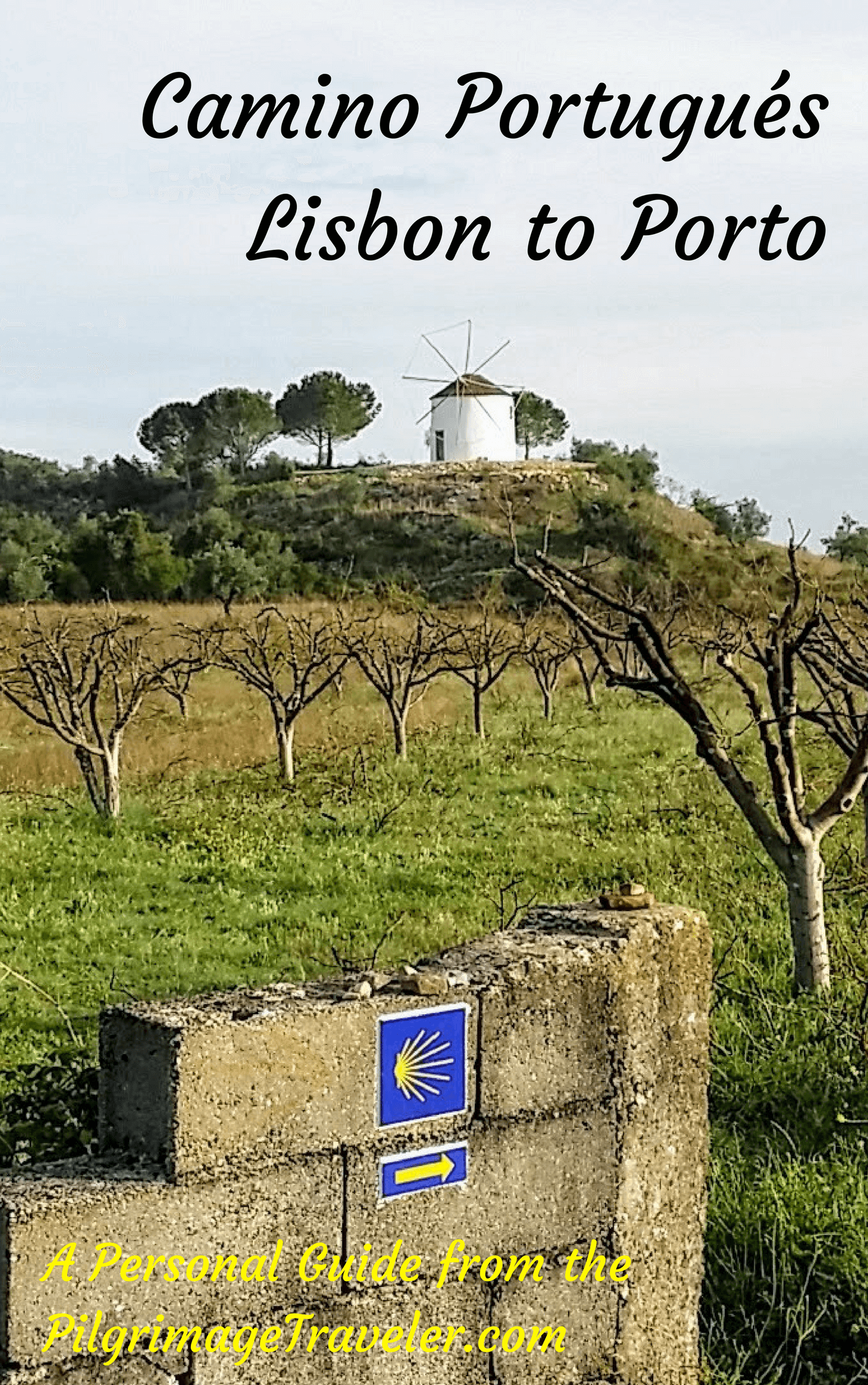
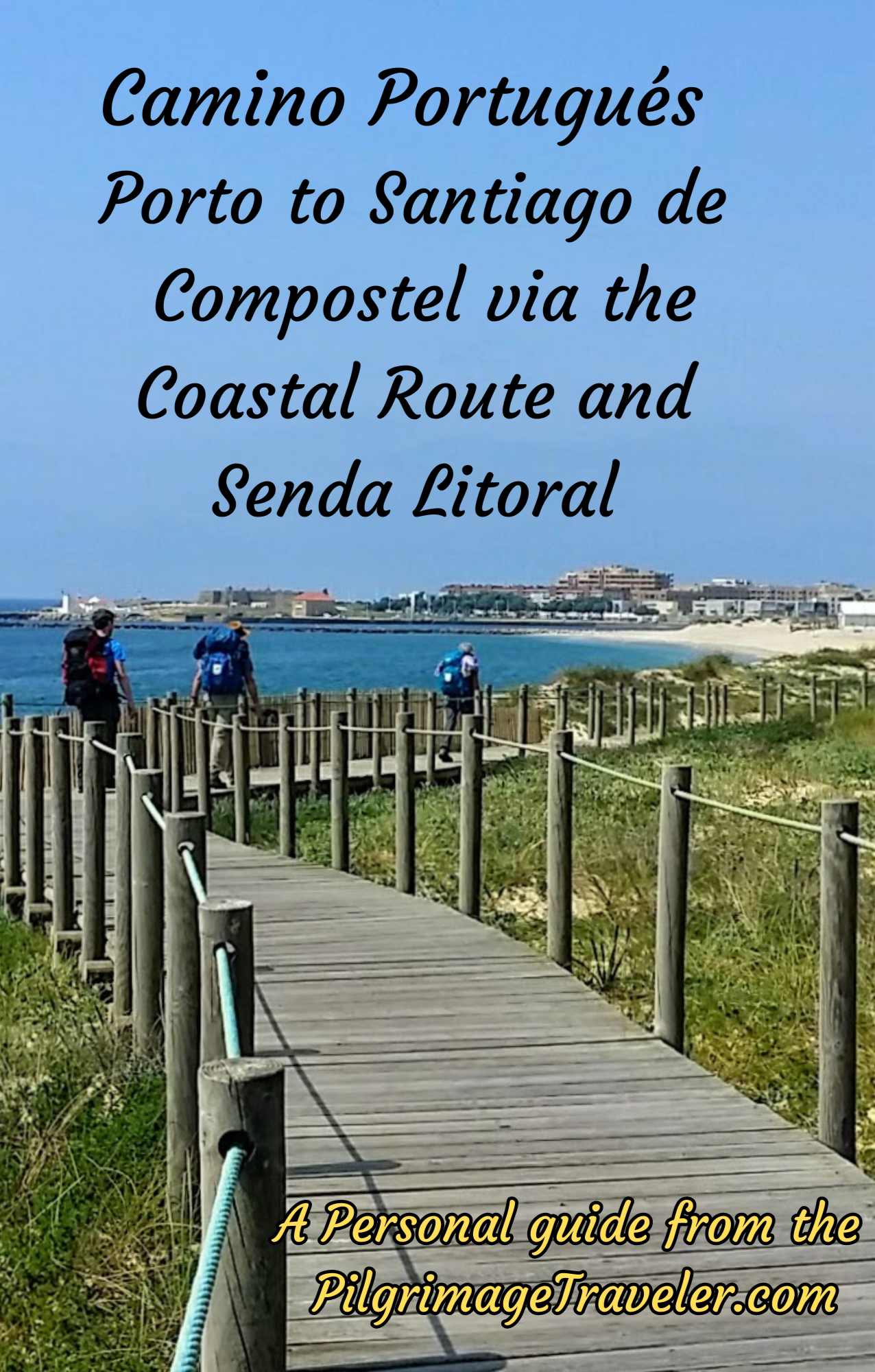
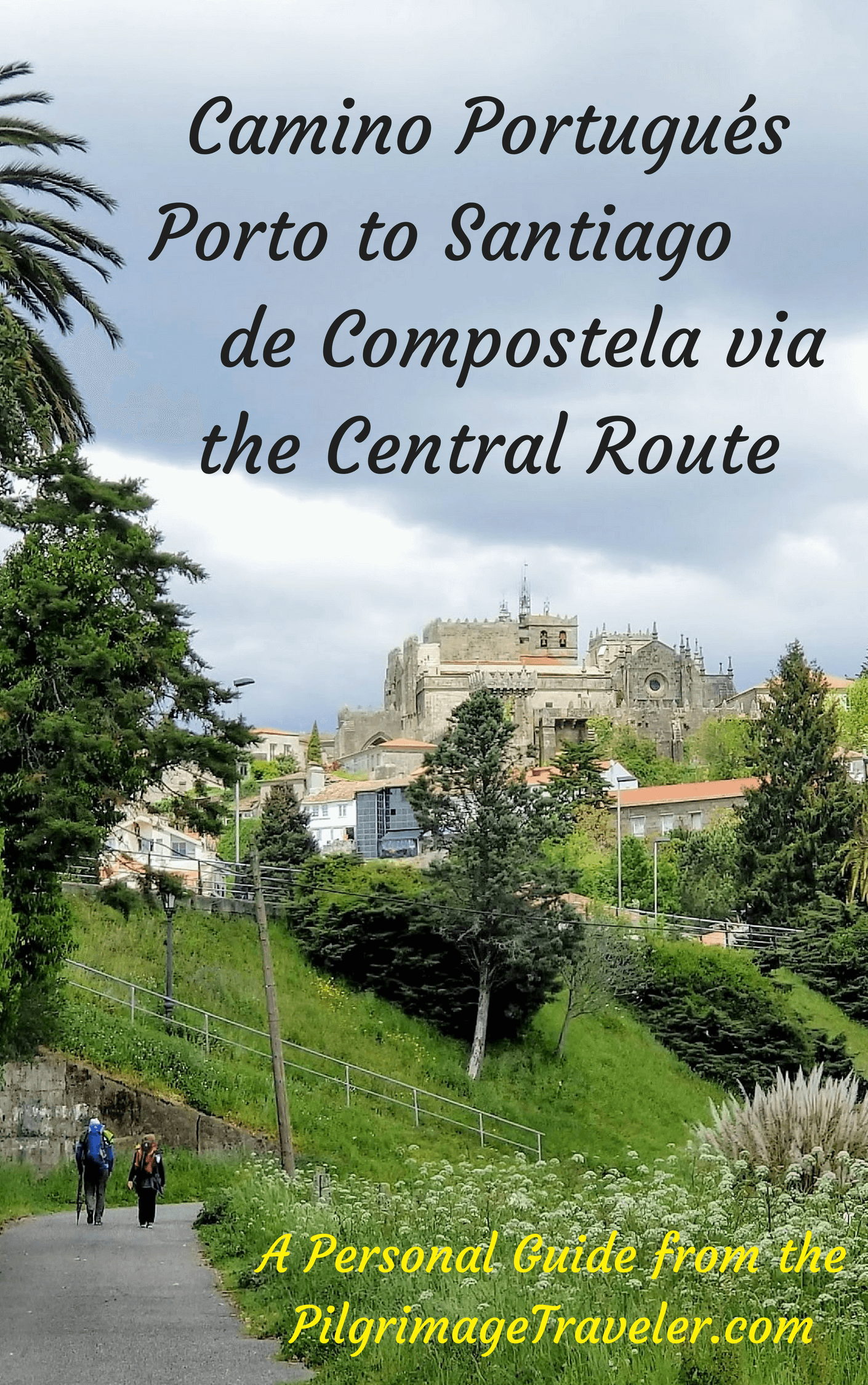
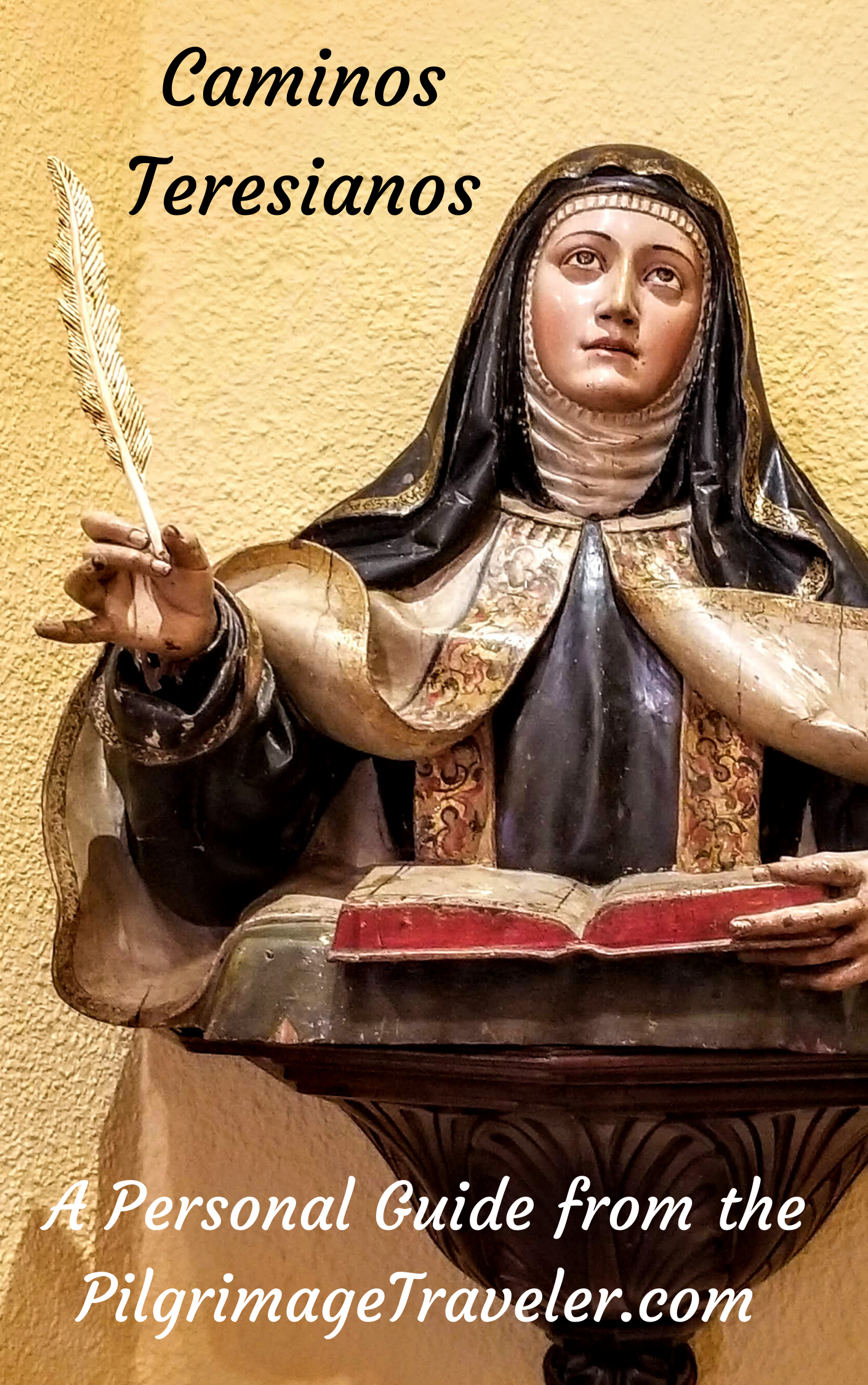
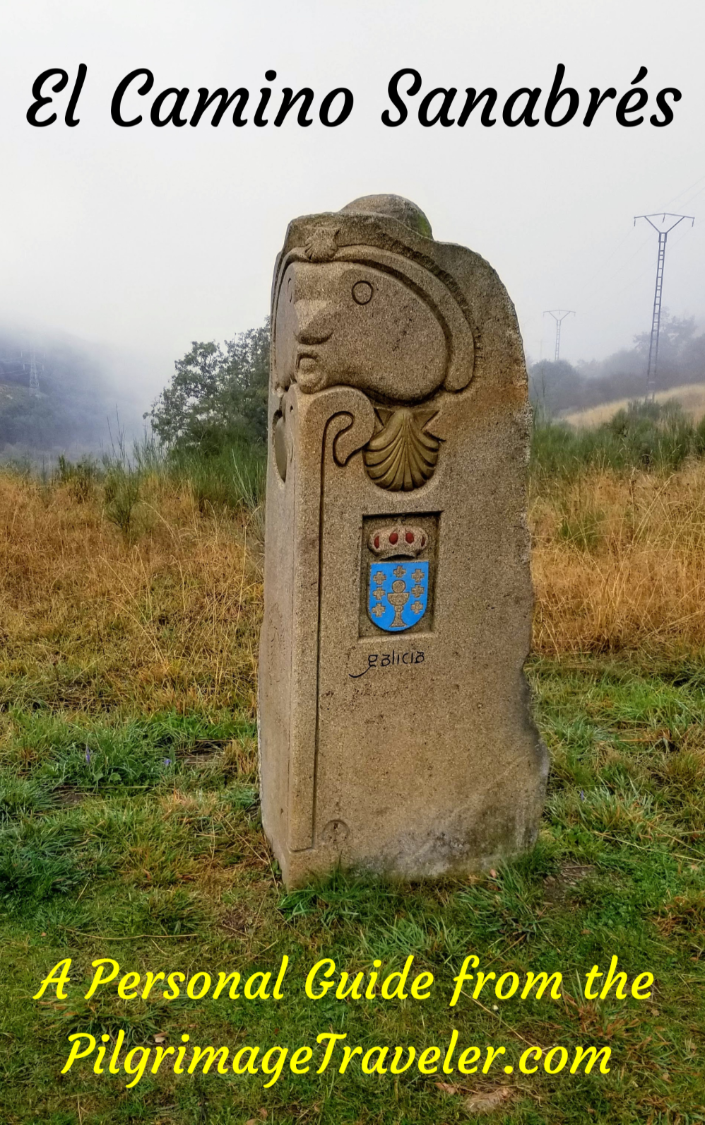
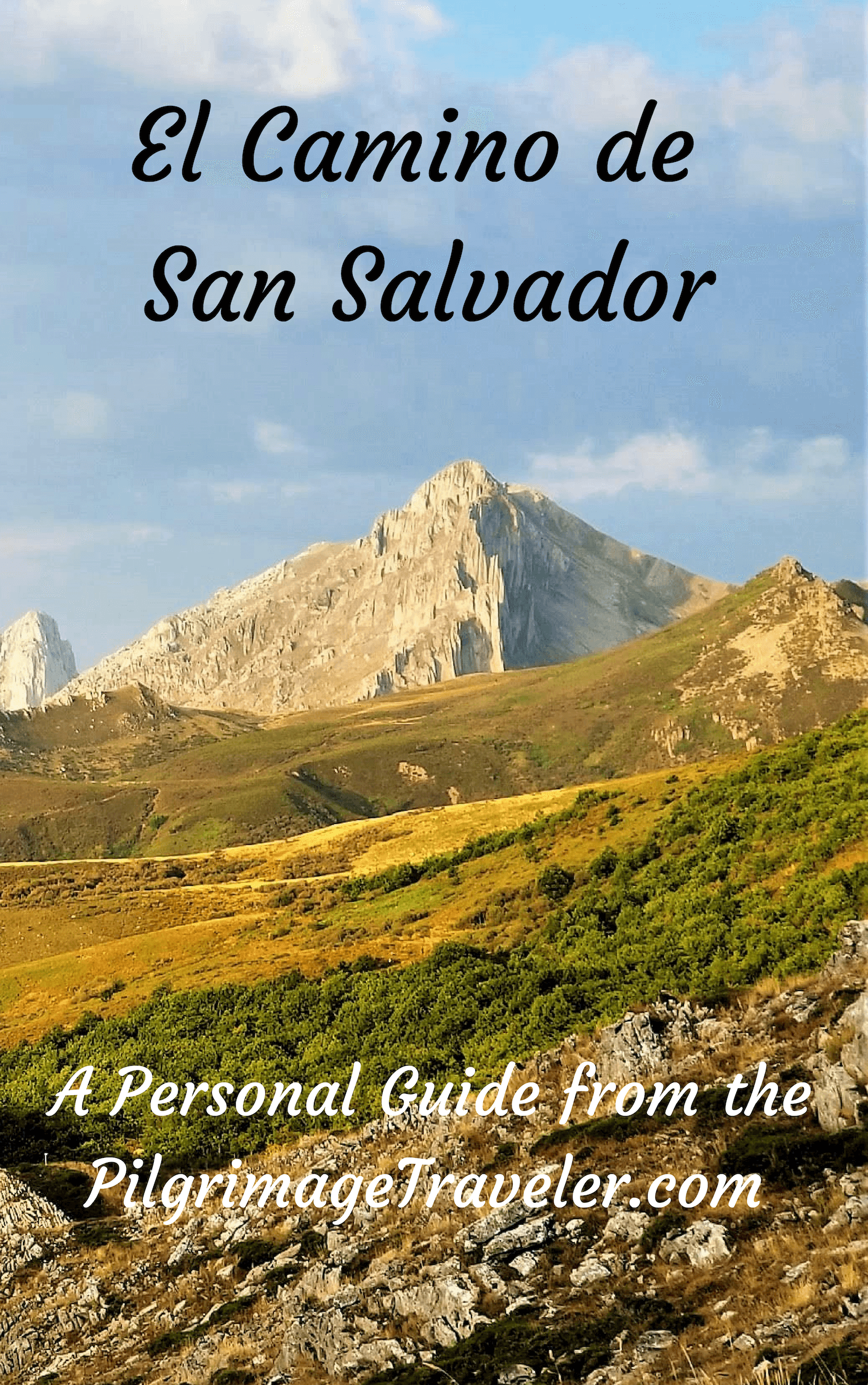
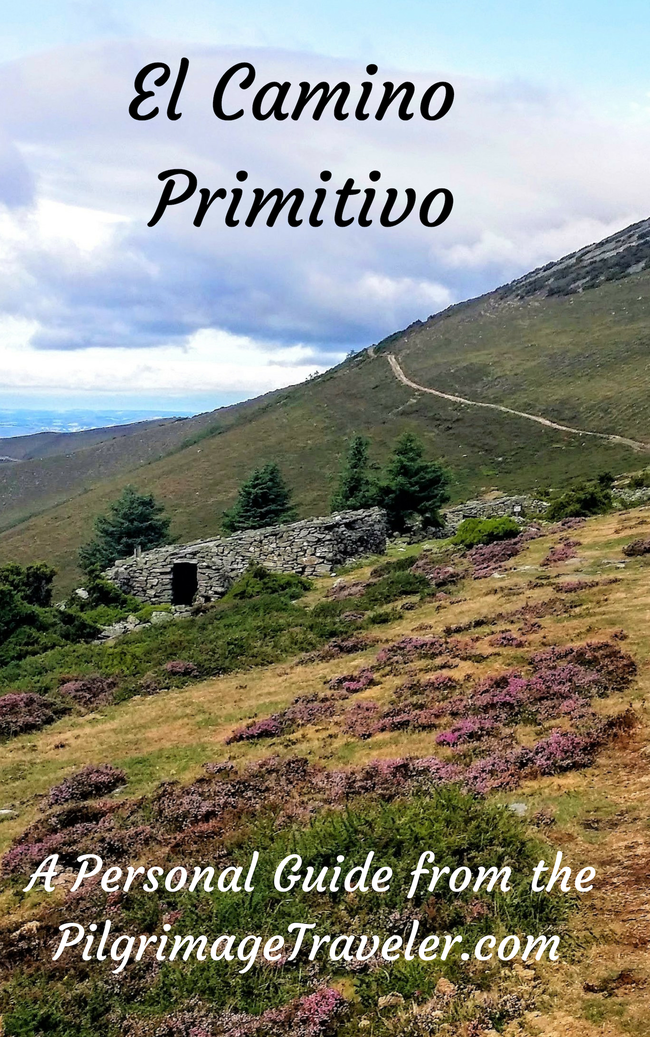
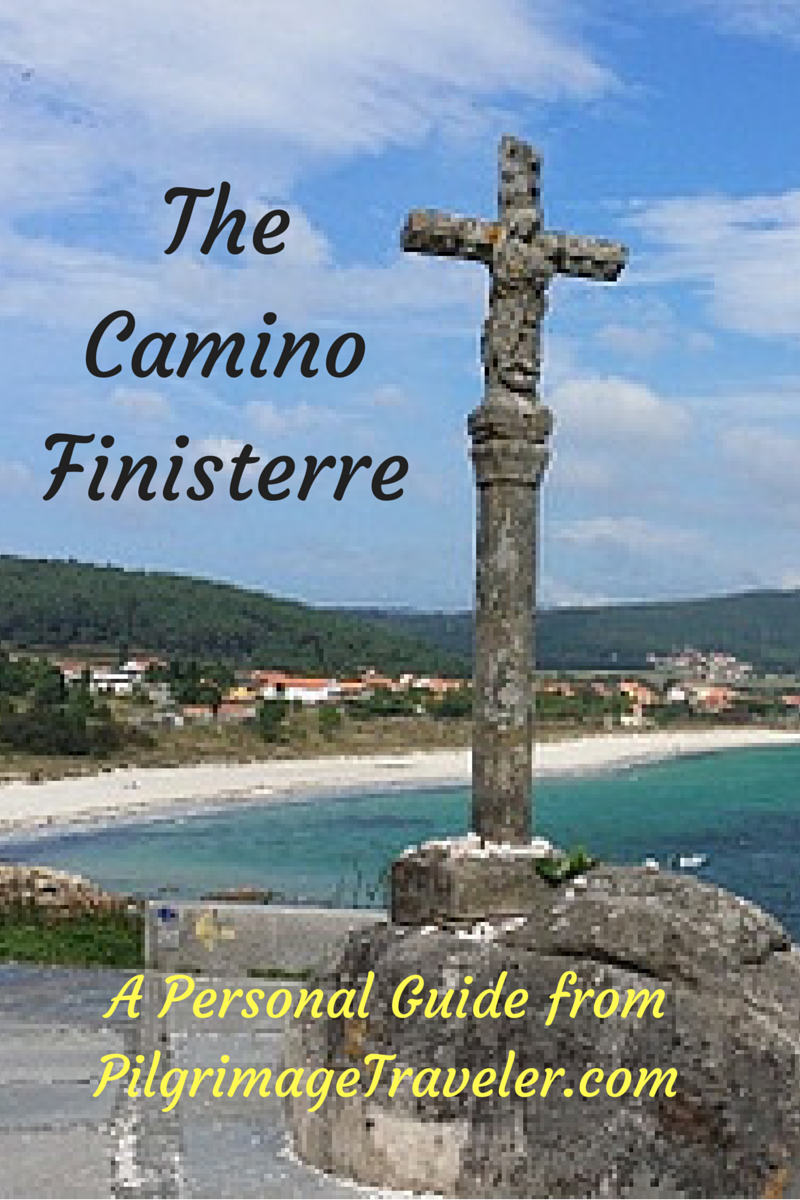
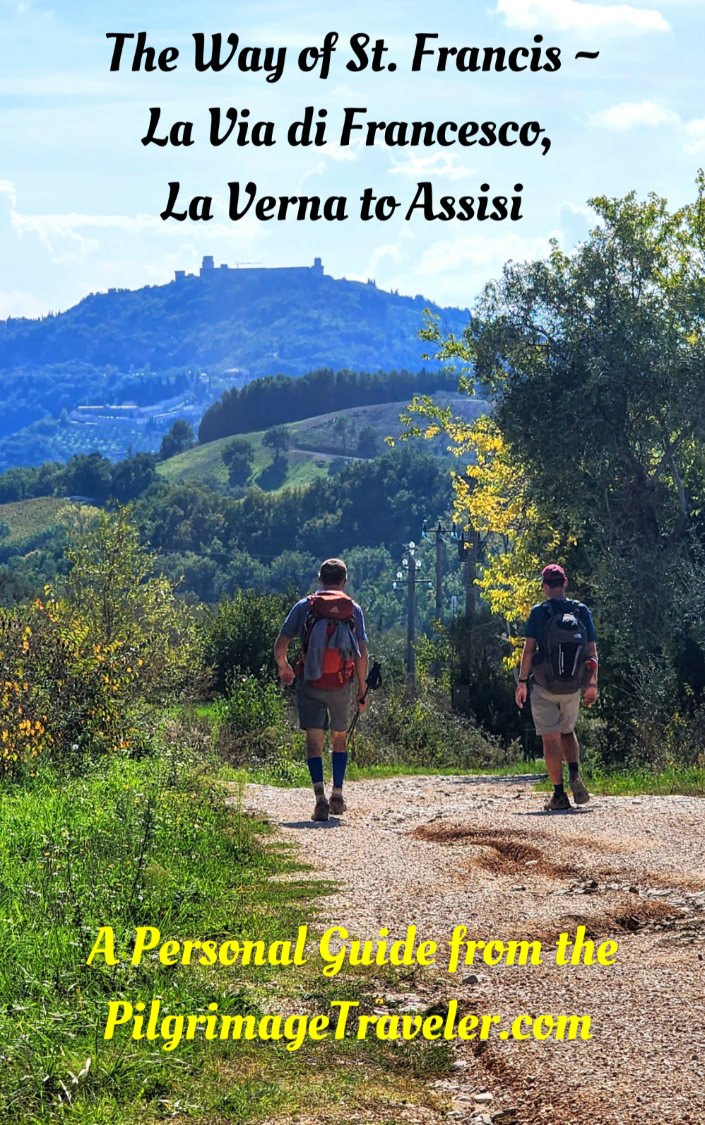
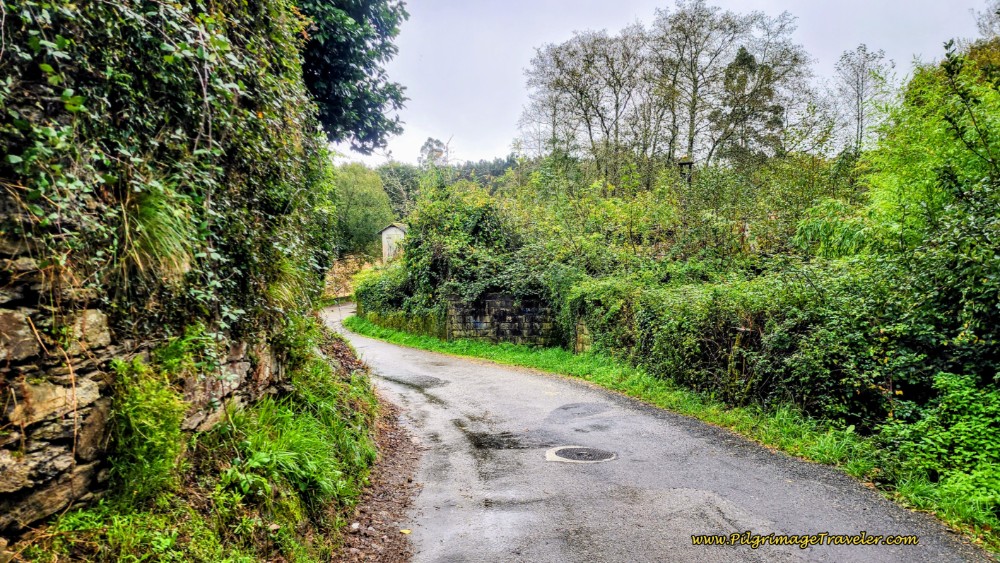
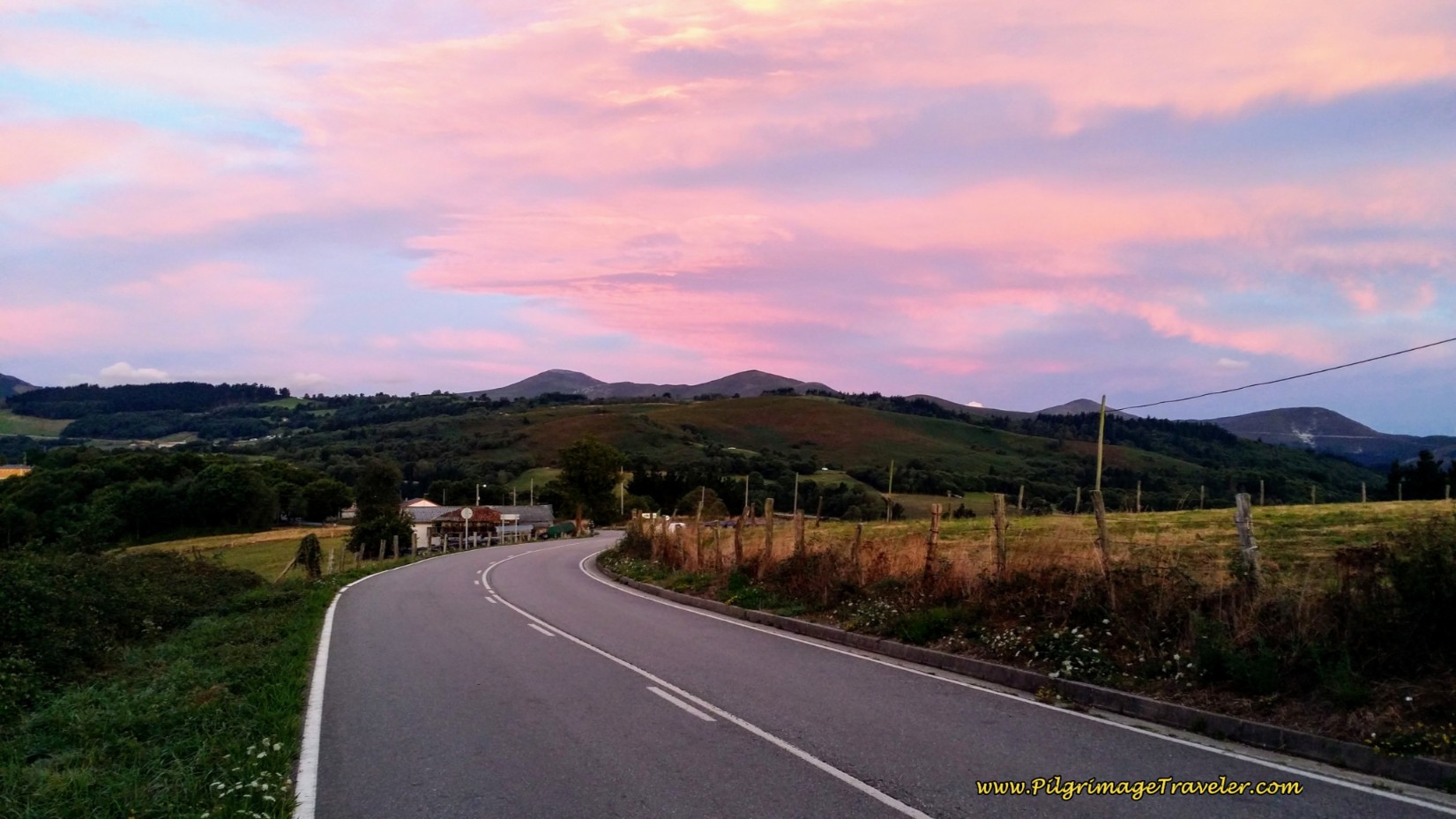
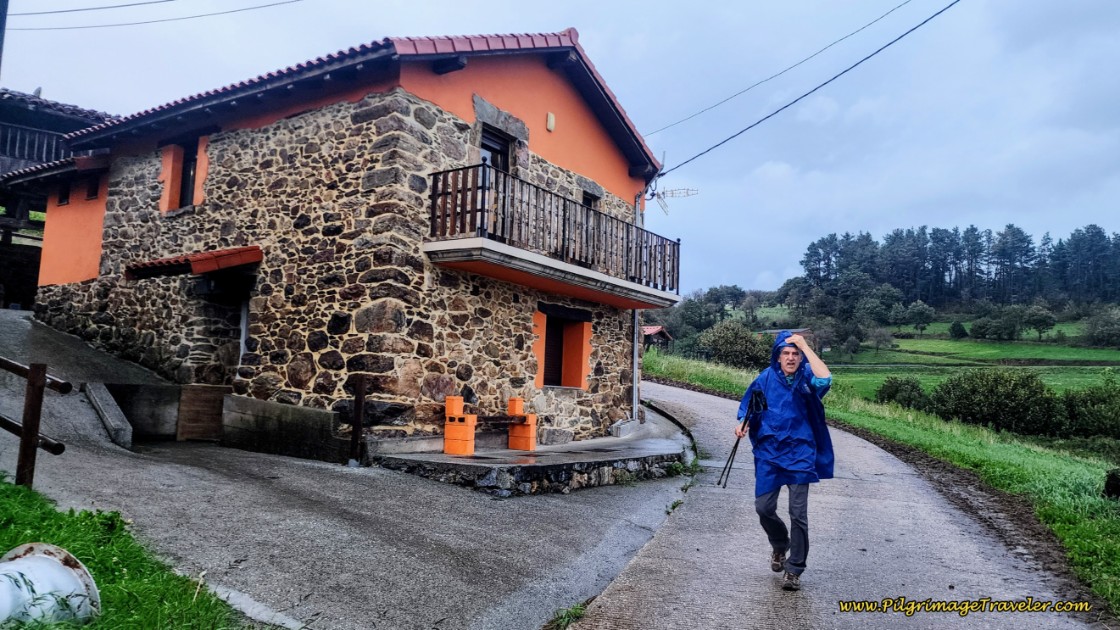
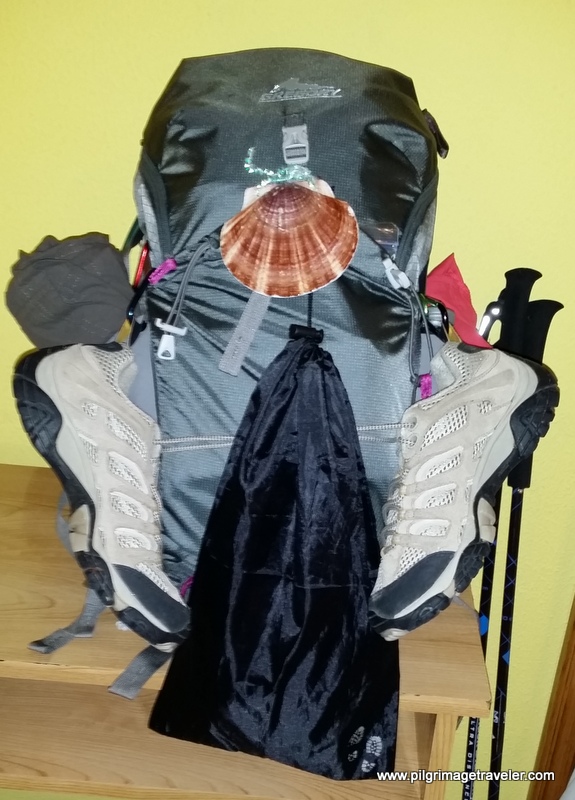
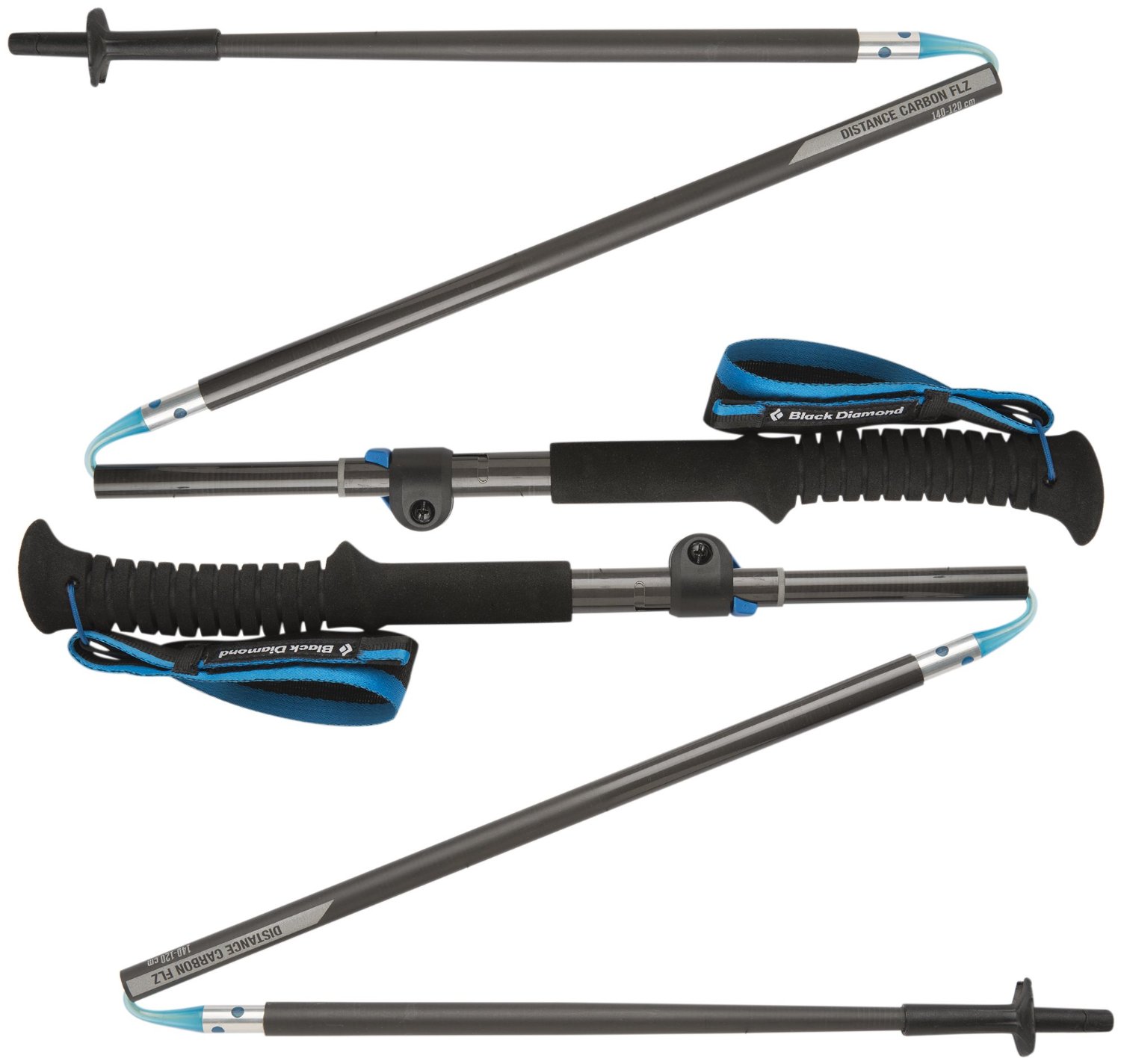
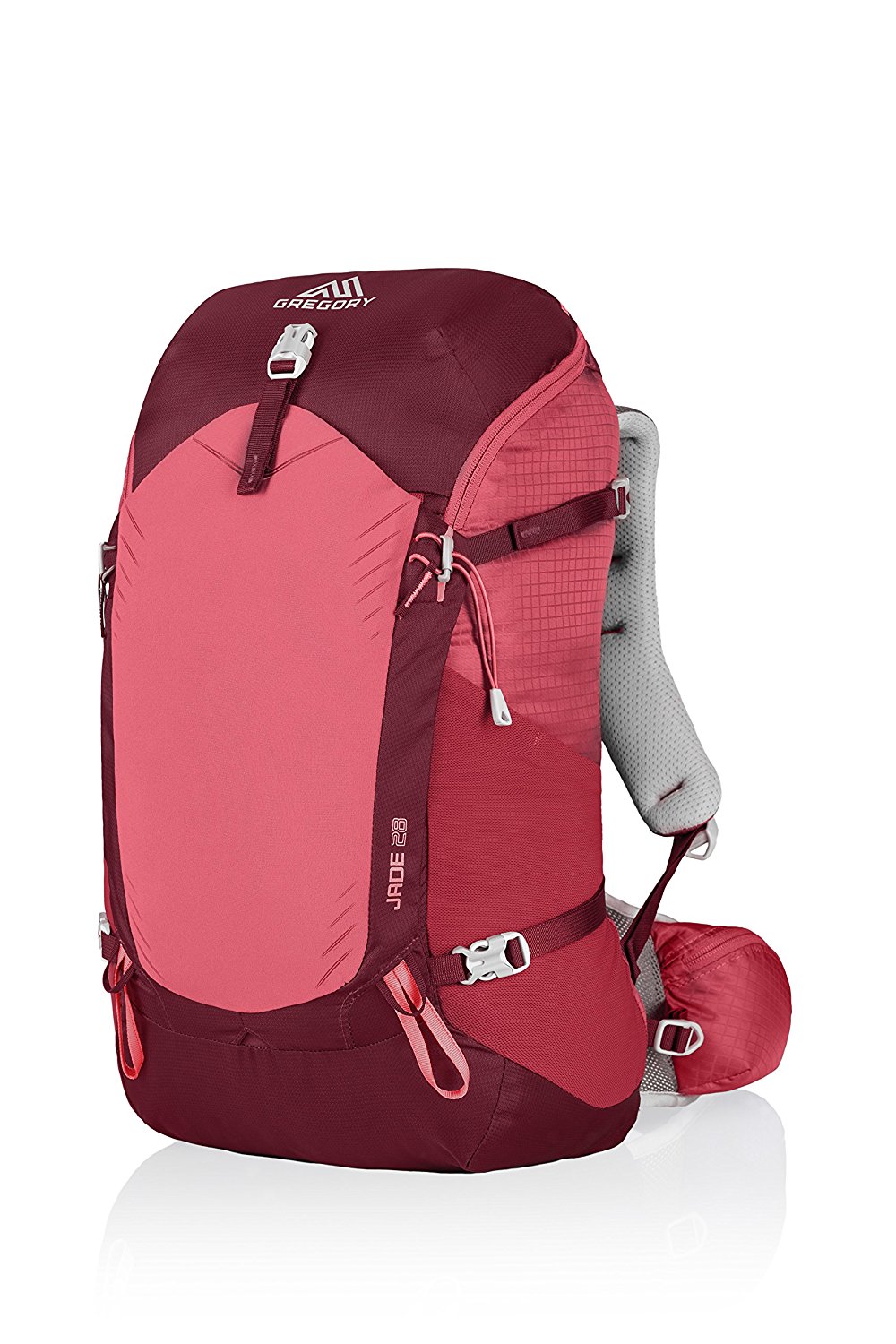
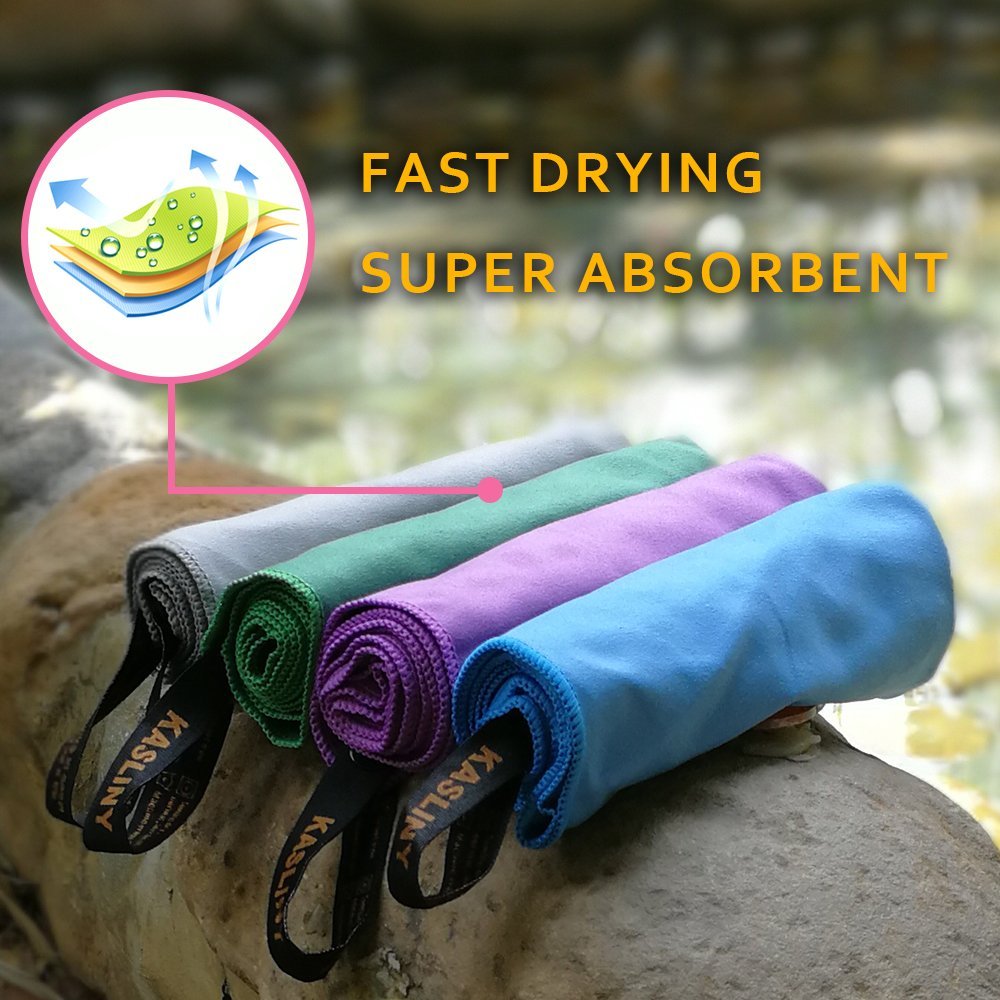
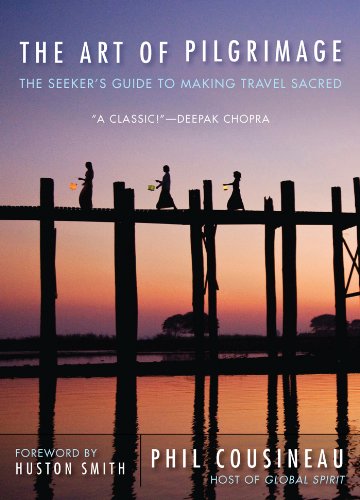


Your Opinion Matters! Comments
Have you had a similar experience, have some advice to give, or have something else you'd like to share? We would love to hear from you! Please leave us a comment in the box below.